Impact Report, September 2019
Our team gathered from all over the country a few weeks ago (September 8-12) to train students from Benedictine College in northeast Kansas and to conduct outreach with those students both at Benedictine and at the University of Kansas (KU). This Impact Report gives you a glimpse of what our team accomplished during those five days. Please join us in praying for the students you see pictured here.
Sunday (Benedictine College): Kaitlyn Donihue speaks to 28 students (not all pictured) who attended the Sunday seminar. Ten returned on Monday night for advanced dialogue training.
Monday (Benedictine College): 28 additional students attended an evening workshop.
Wednesday (KU): Eric (right), president of the Wichita chapter of Life Runners, talks with a KU student.
Thursday (KU): Tammy Cook (right) interacts with a passerby at KU.
Sunday (Benedictine College): Jeremy Gorr steps into the “blue box” as he helps students think through “who would be in and who would be out” if various explanations of equal rights were true.
Monday (Benedictine College): In our conversations during outreach at Benedictine, we encouraged students to join us for a workshop that evening at Benedictine and outreach later in the week at KU.
Tuesday (Benedictine College): Jon Wagner (right) introduces a student to a new JFA exhibit called “Stronger than Abortion,” an experience of art, Scripture, and reflective prayer. Click here to learn more or to book this exhibit.
Wednesday (KU): Catherine (left) was one of nine Benedictine College students who participated in the outreach at KU.
Thursday (KU): Paul Kulas (center) and volunteer Rebekah (second from right) interact with students near the poll table at KU.
Thursday (KU): JFA staff members and volunteers paused for a quick photo at the end of our second outreach day at KU. Among them are three Benedictine students who traveled more than an hour each way to spend about an hour at KU with our team.
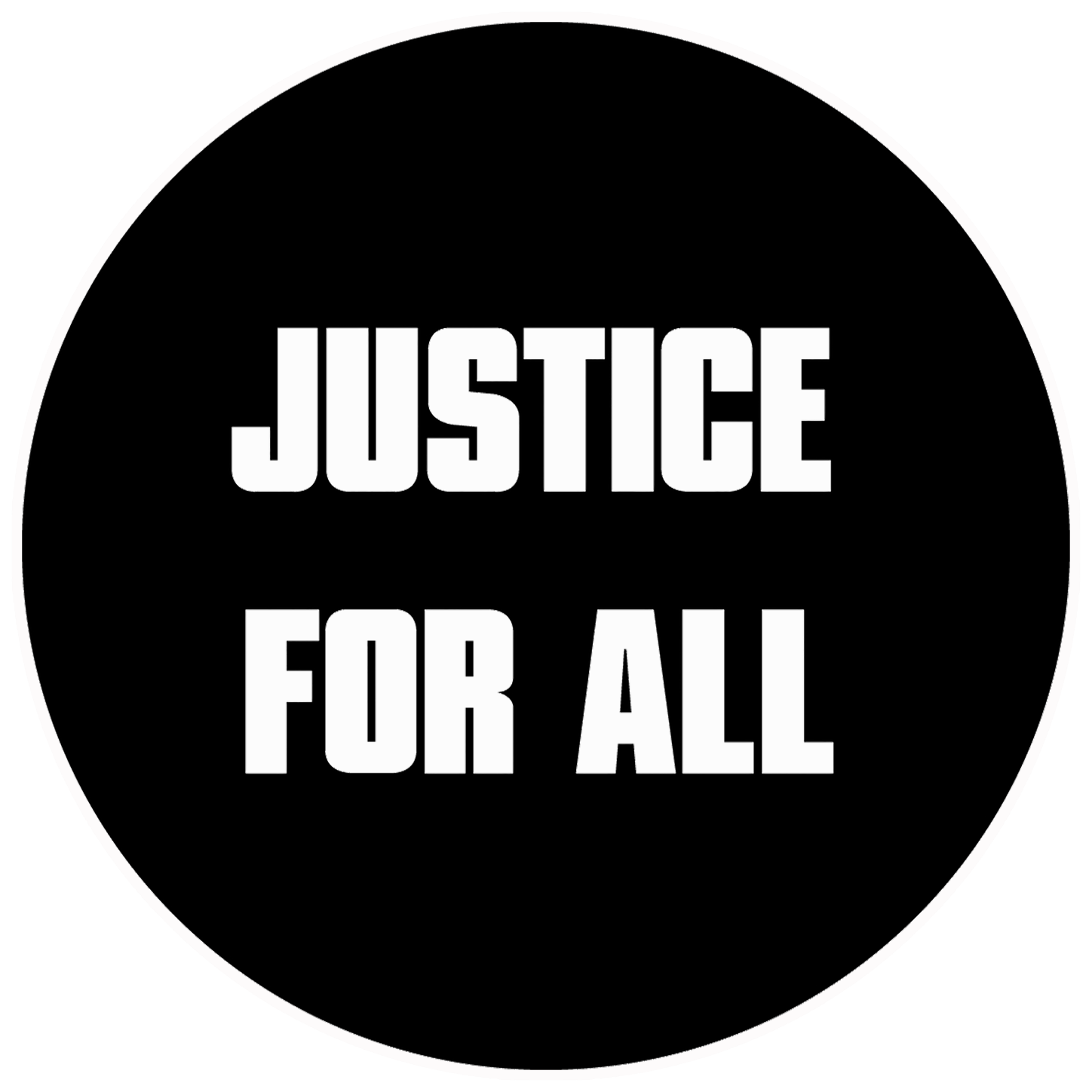
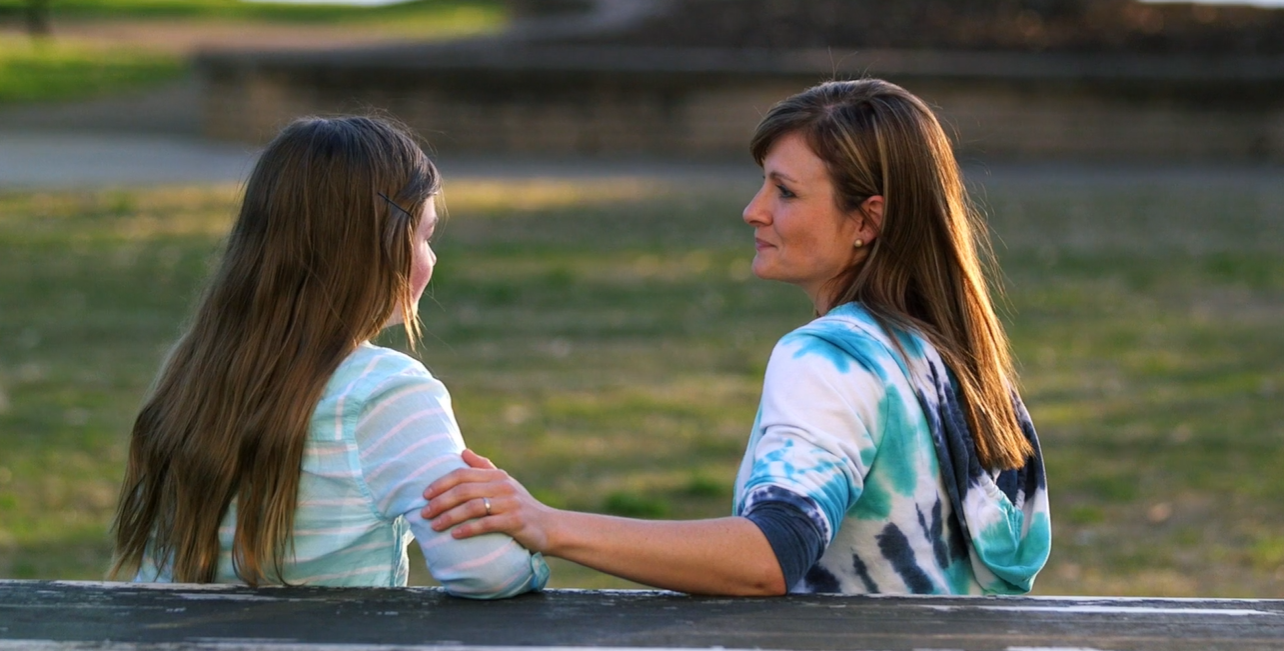

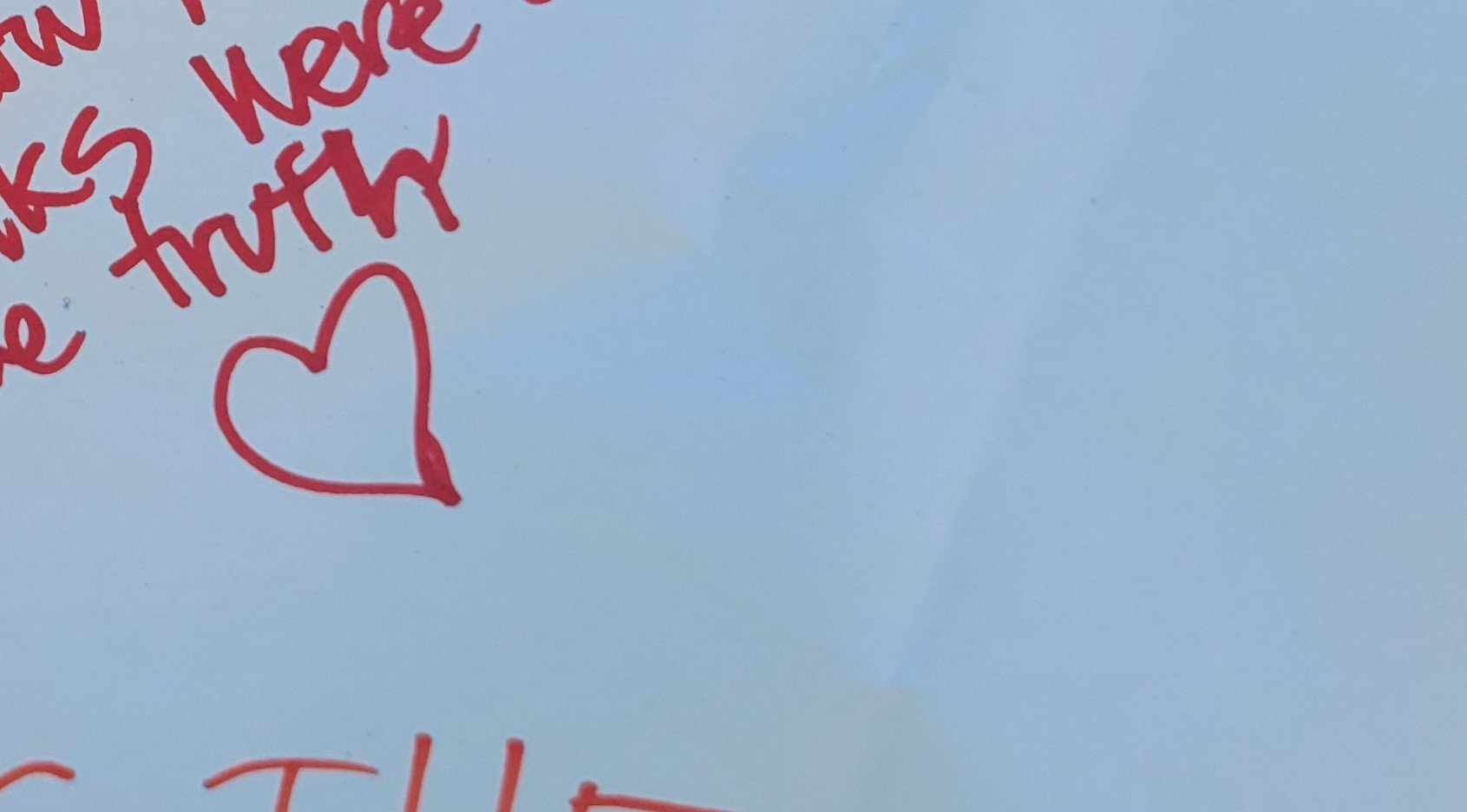


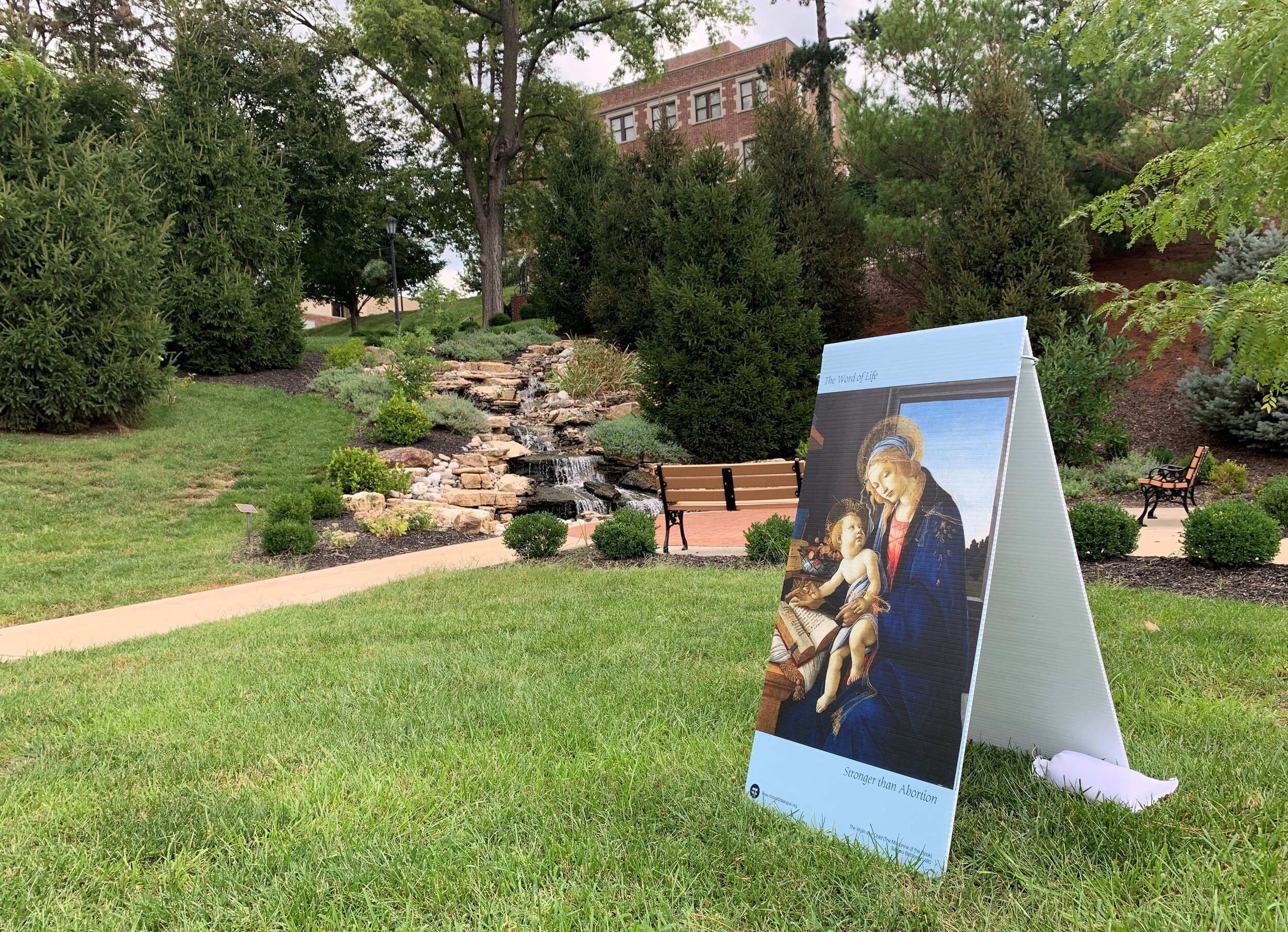
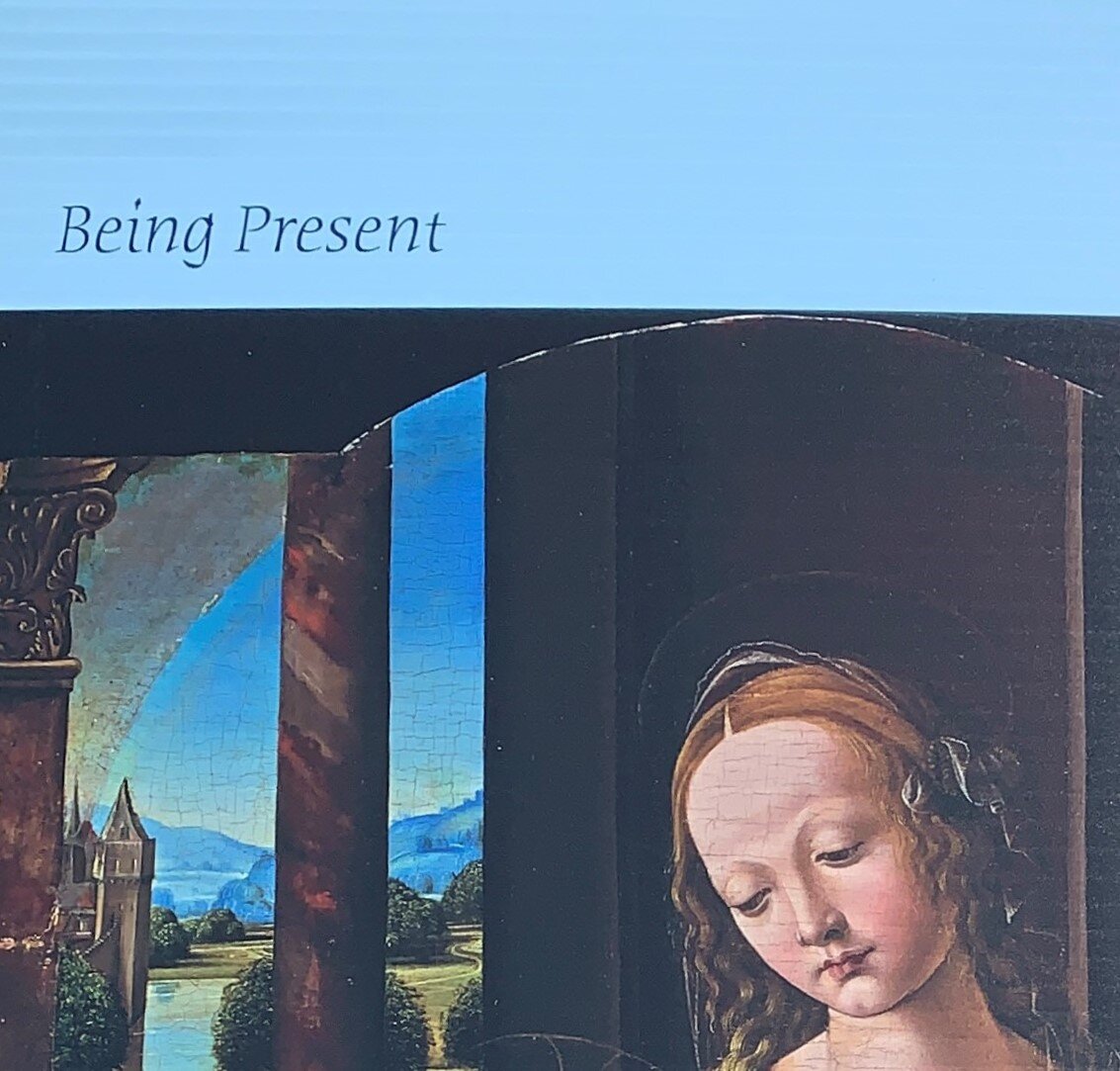
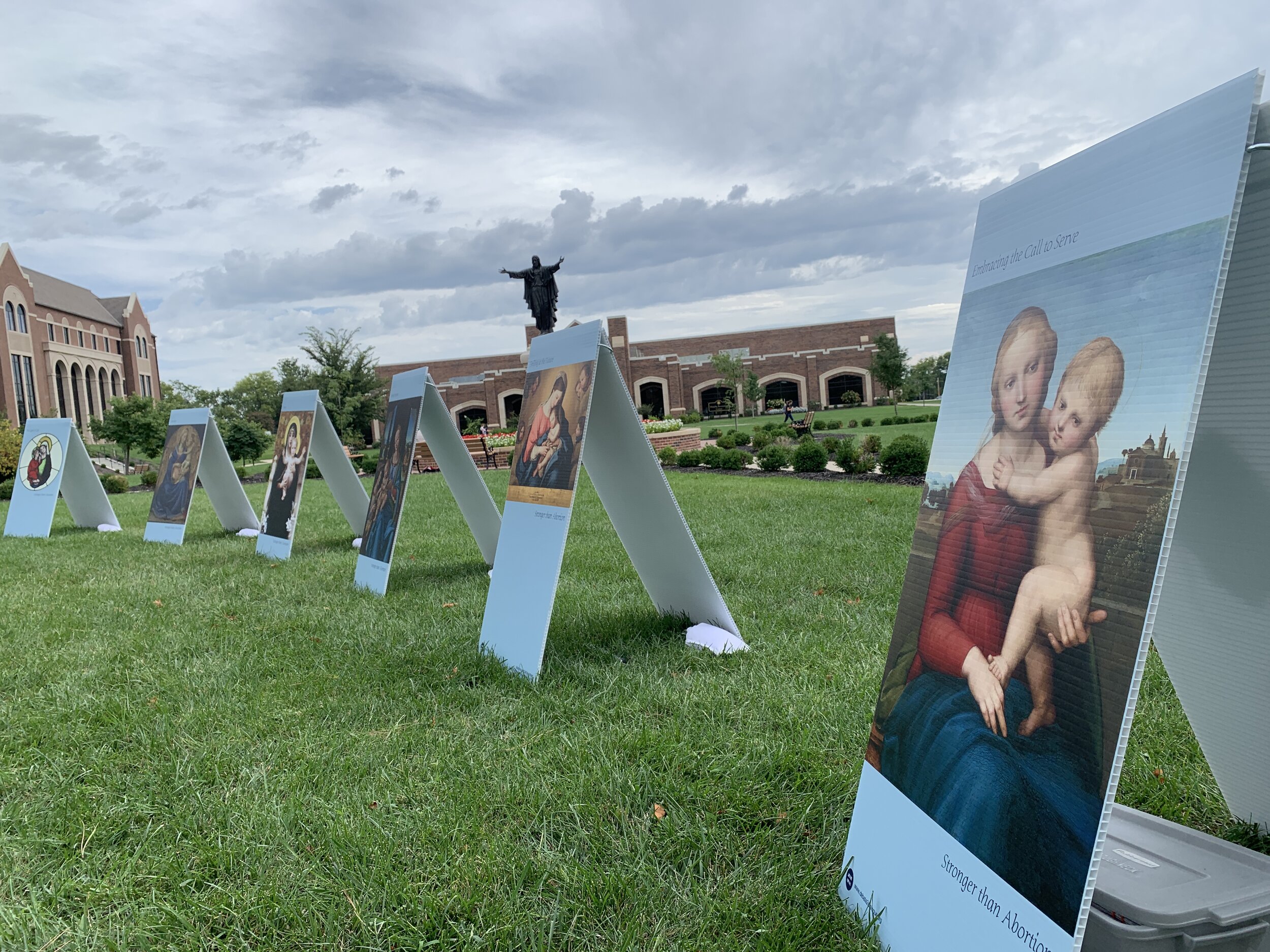
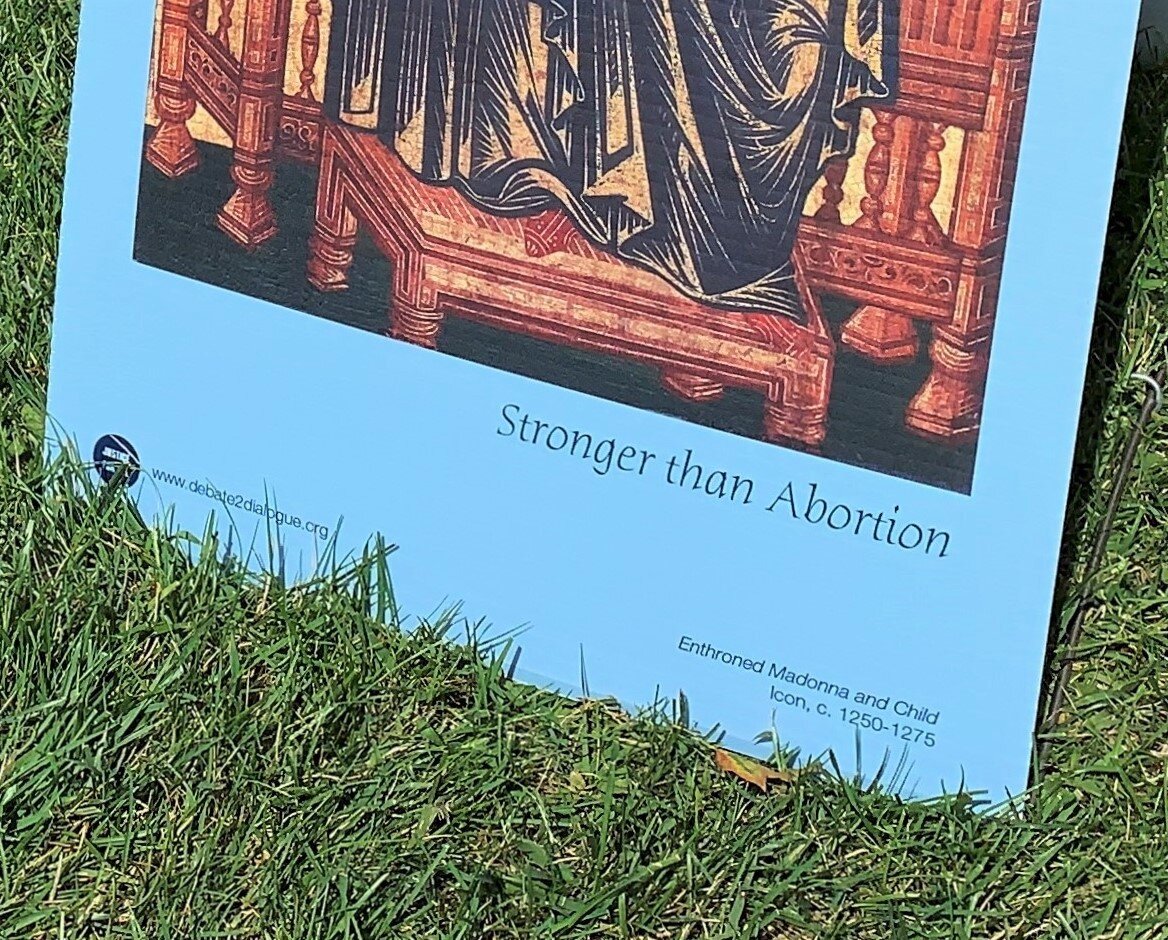
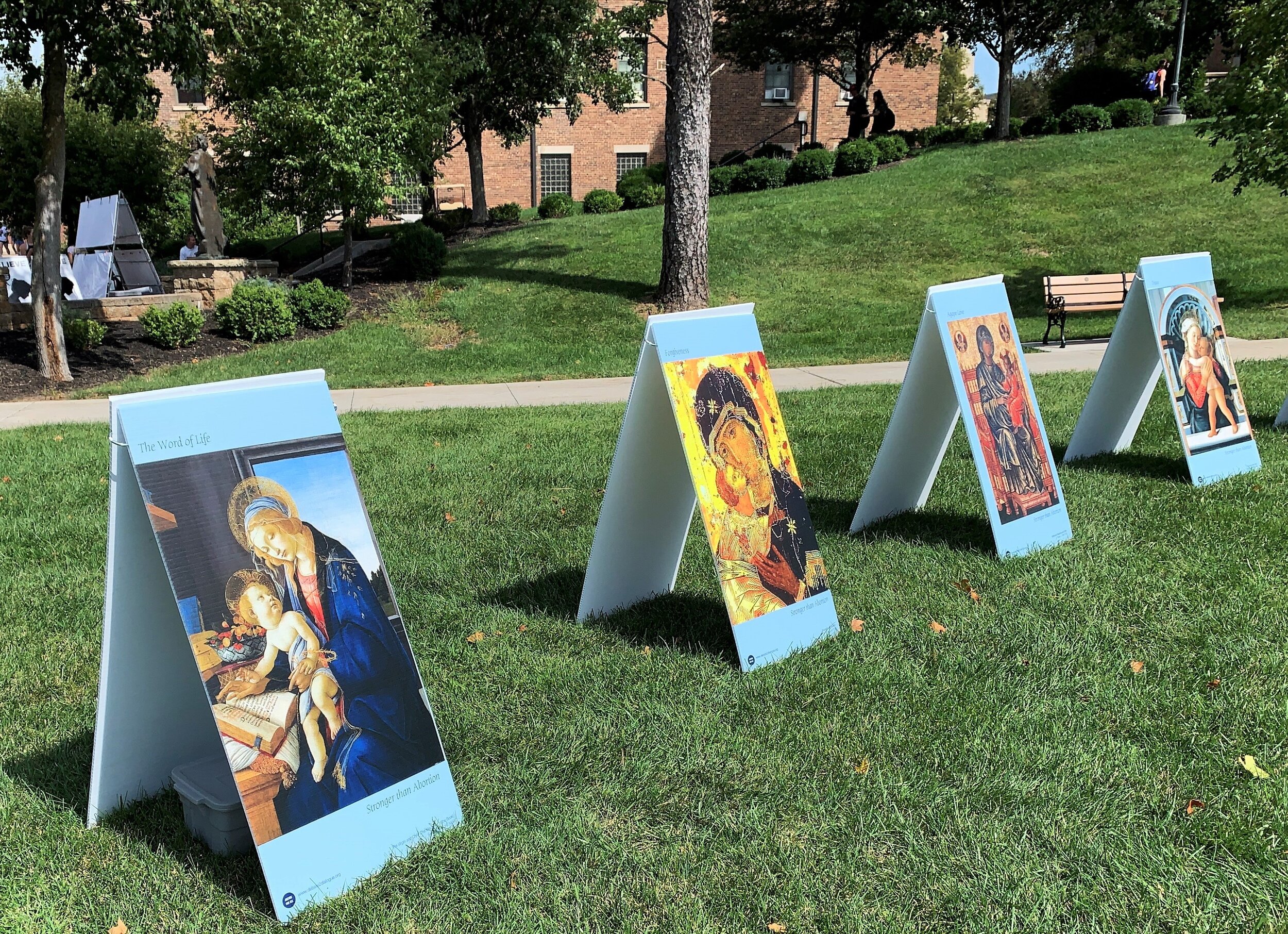
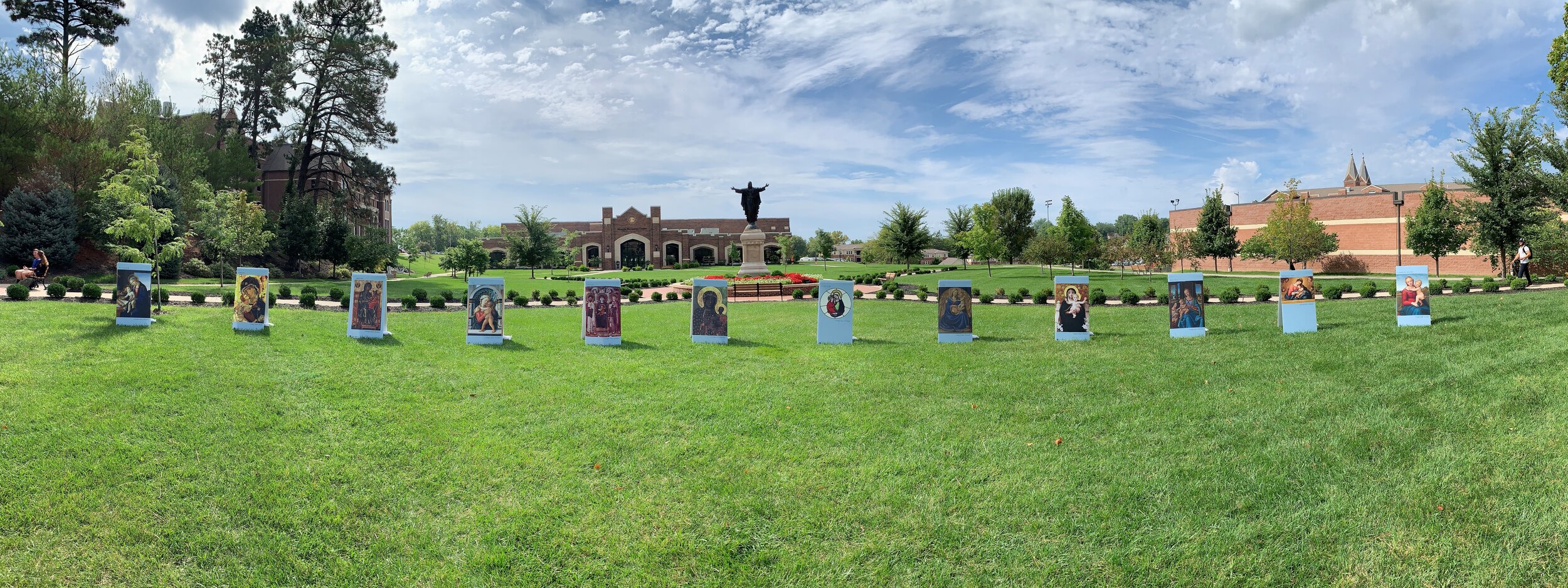
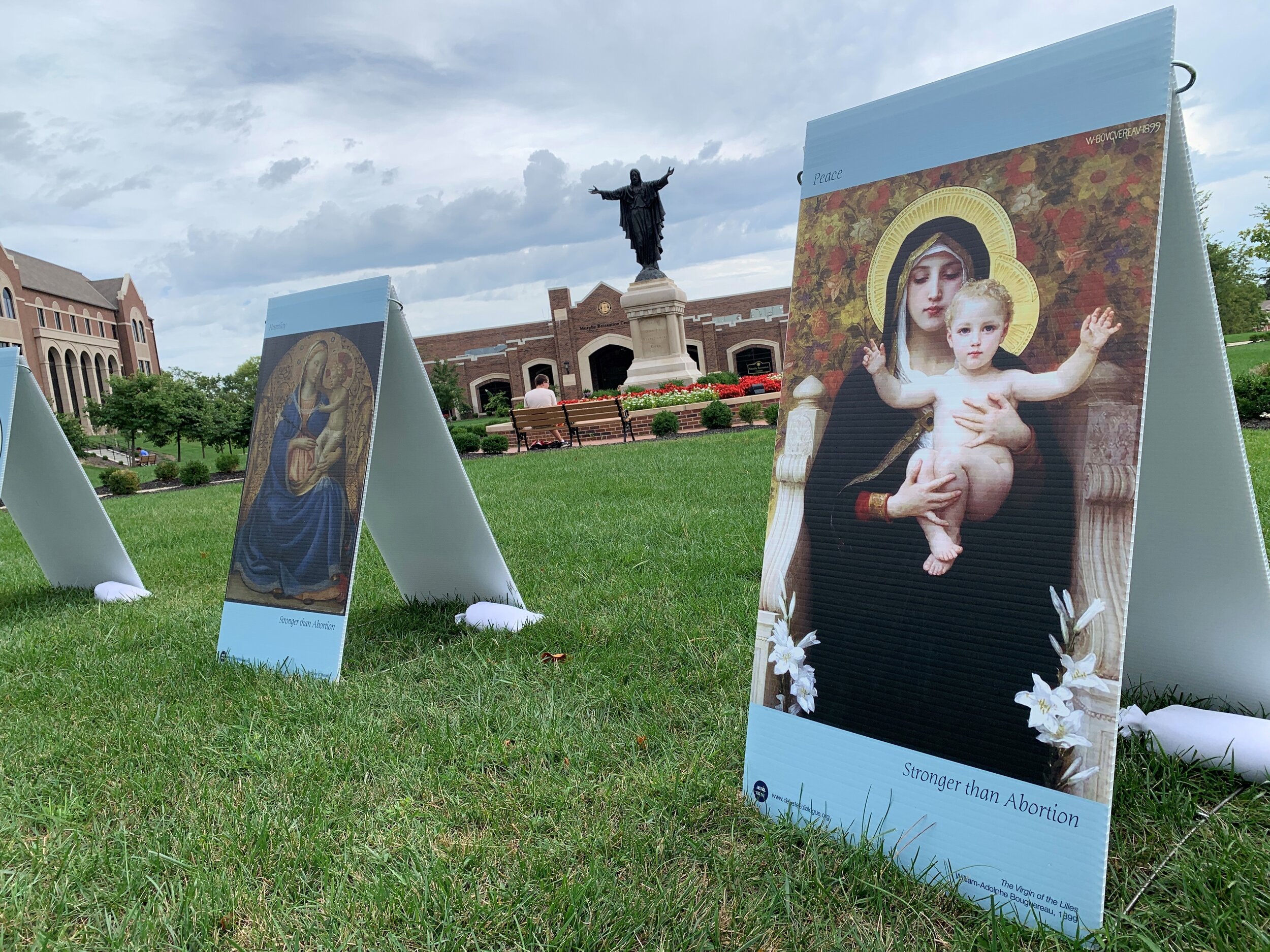
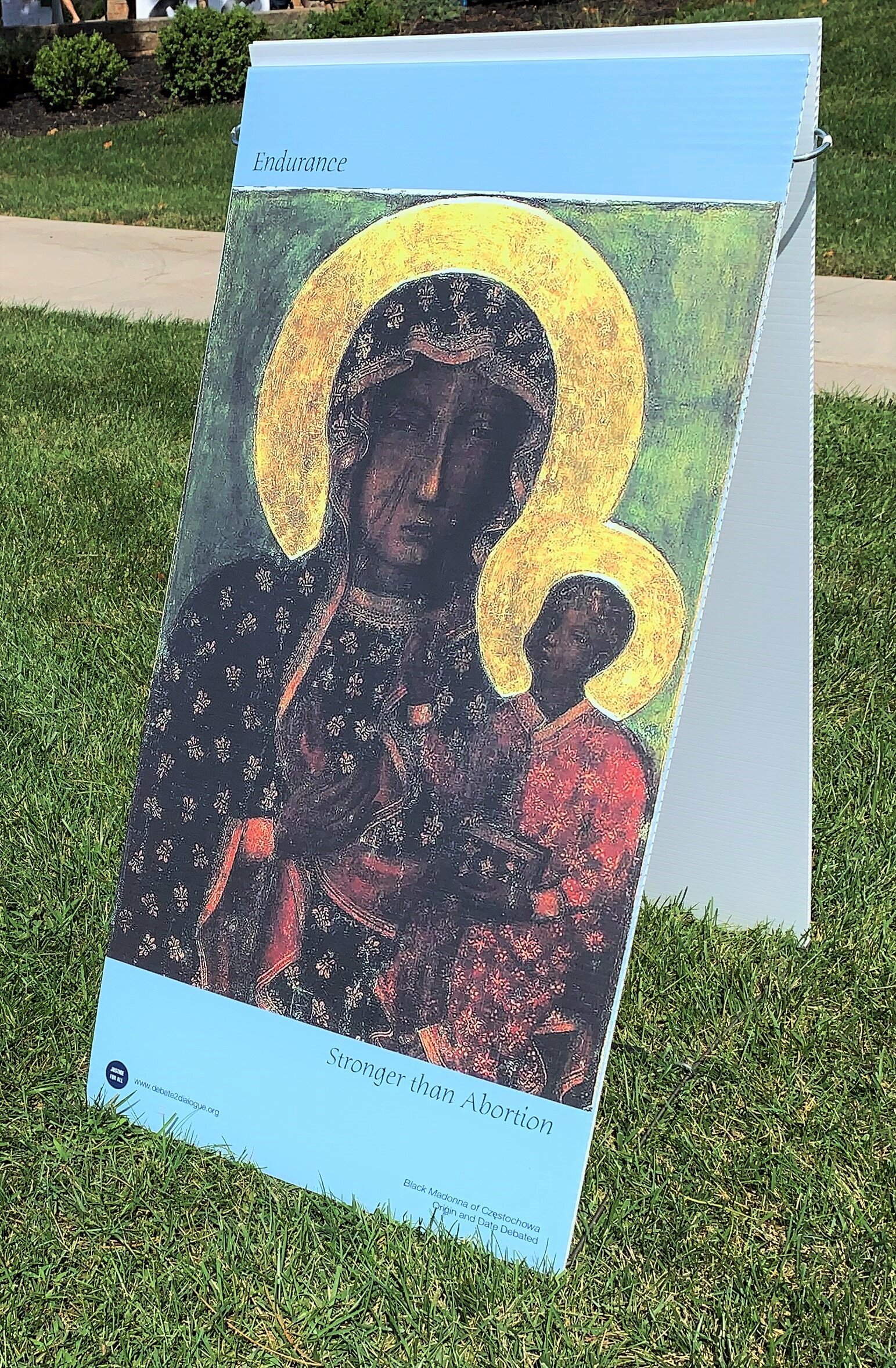
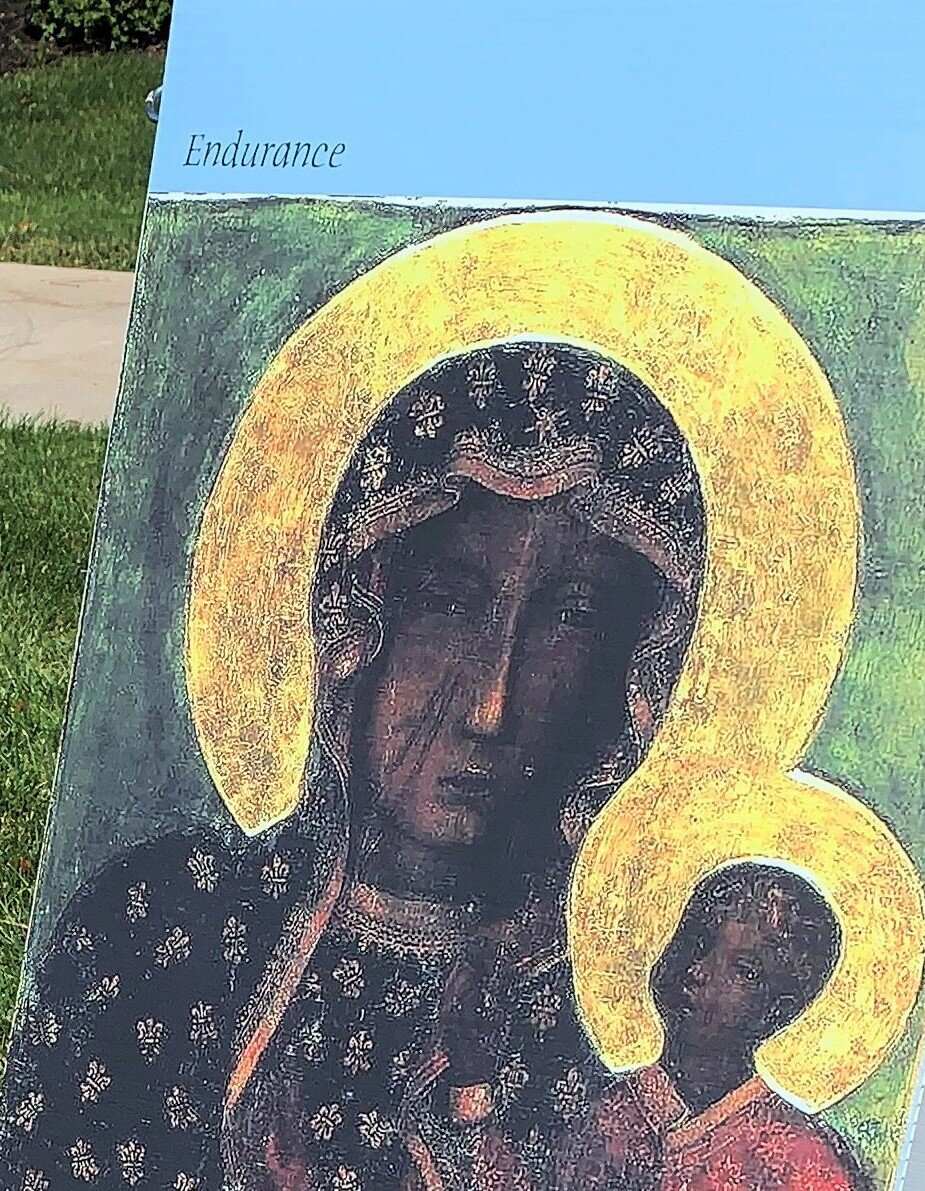
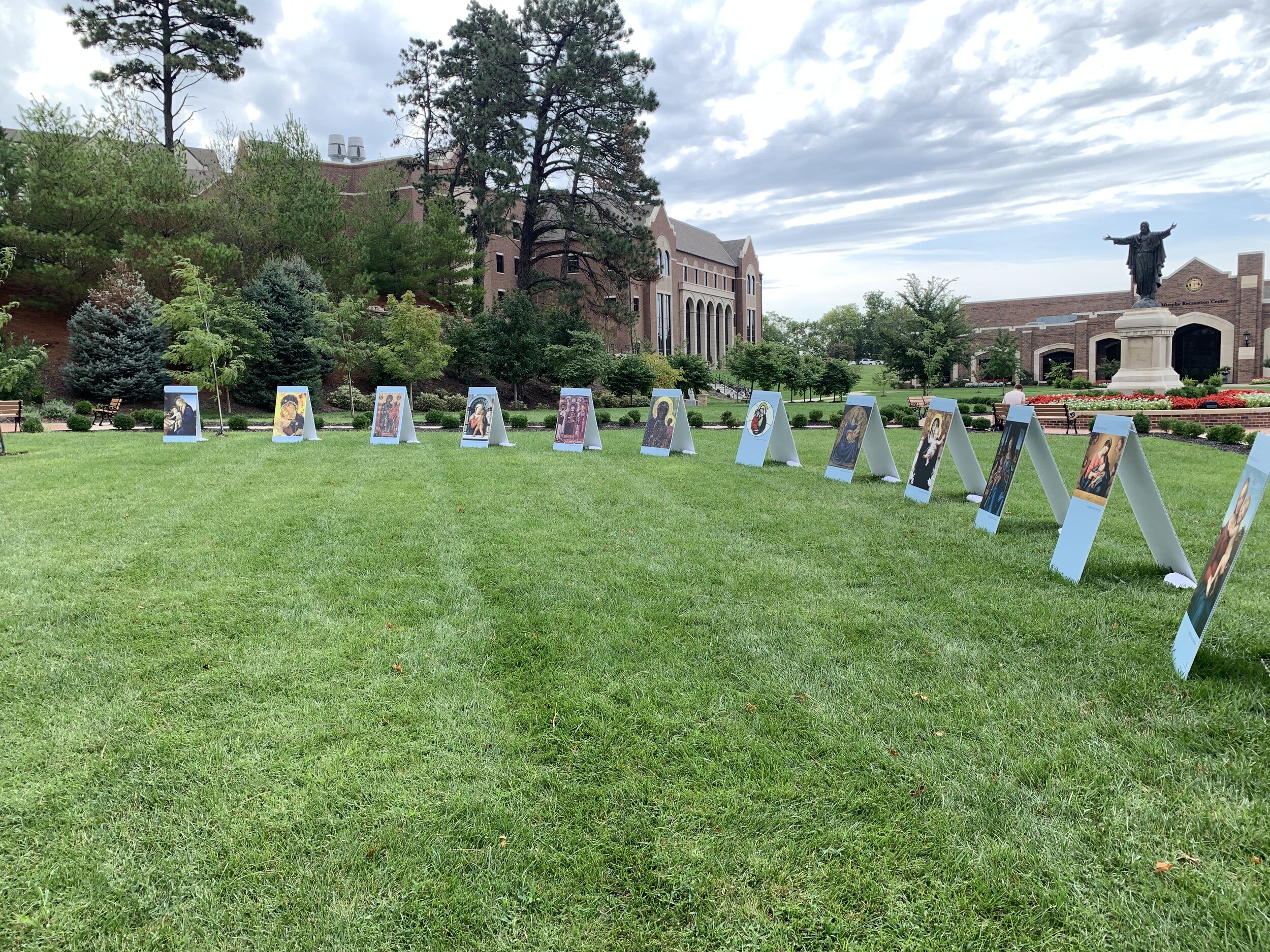
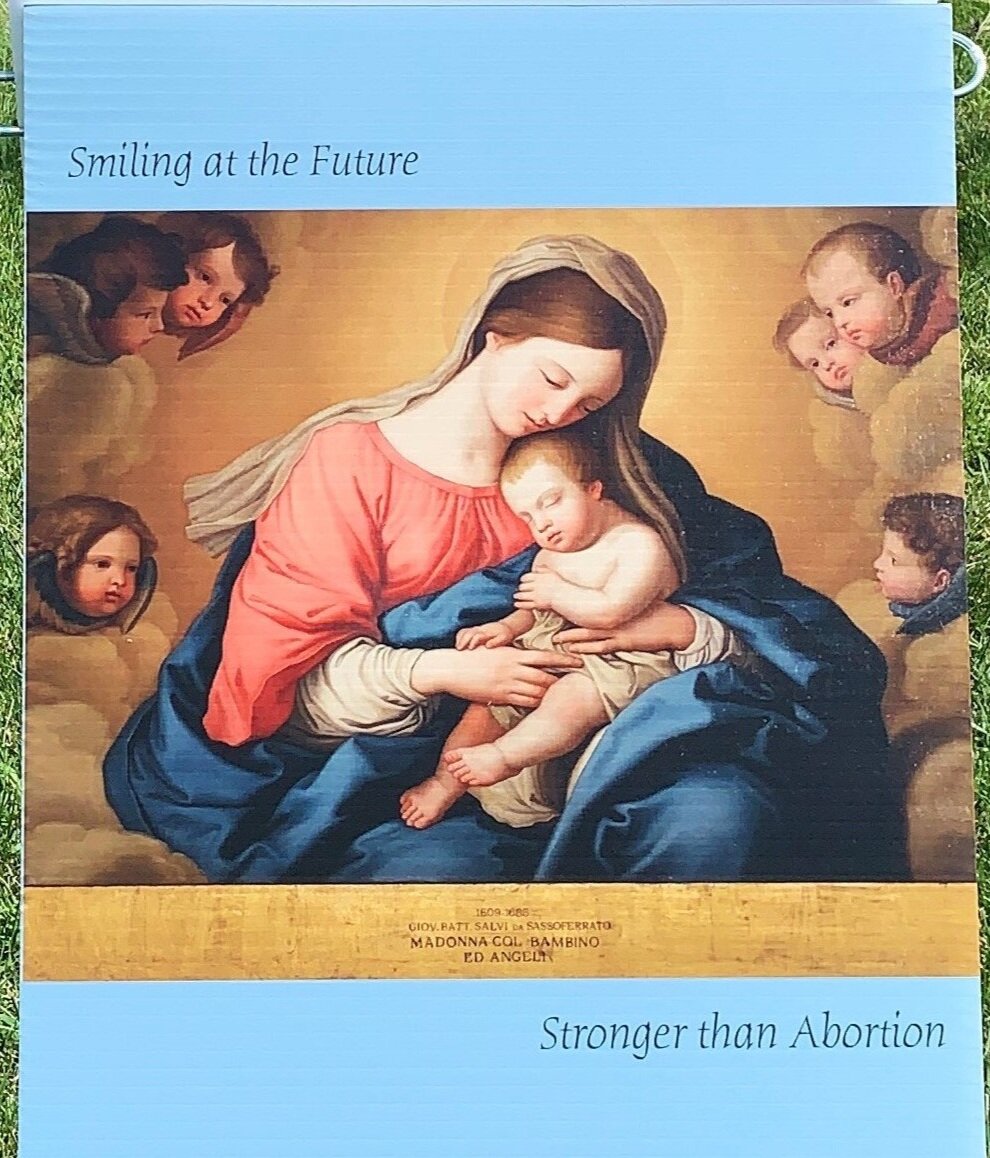
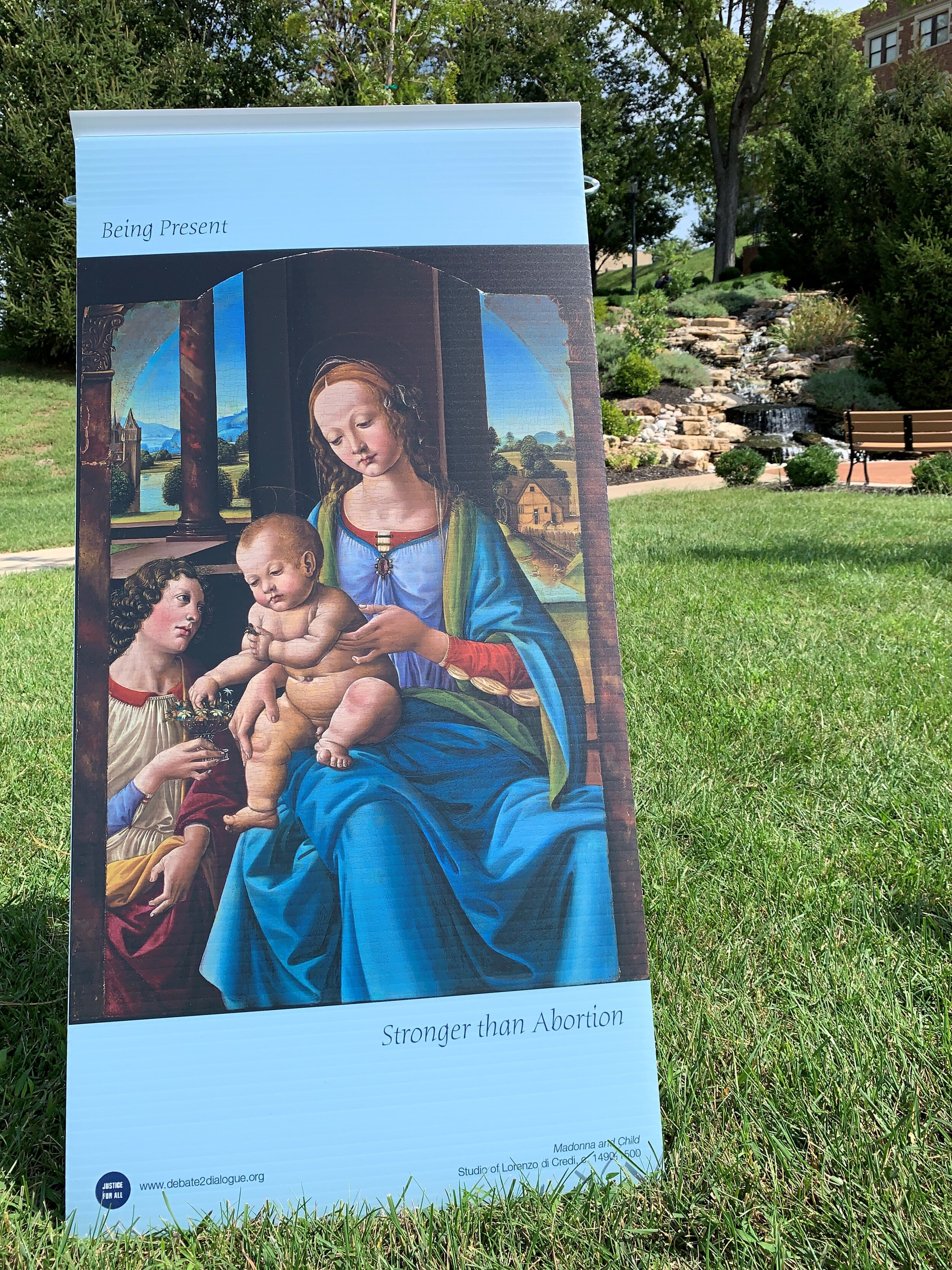
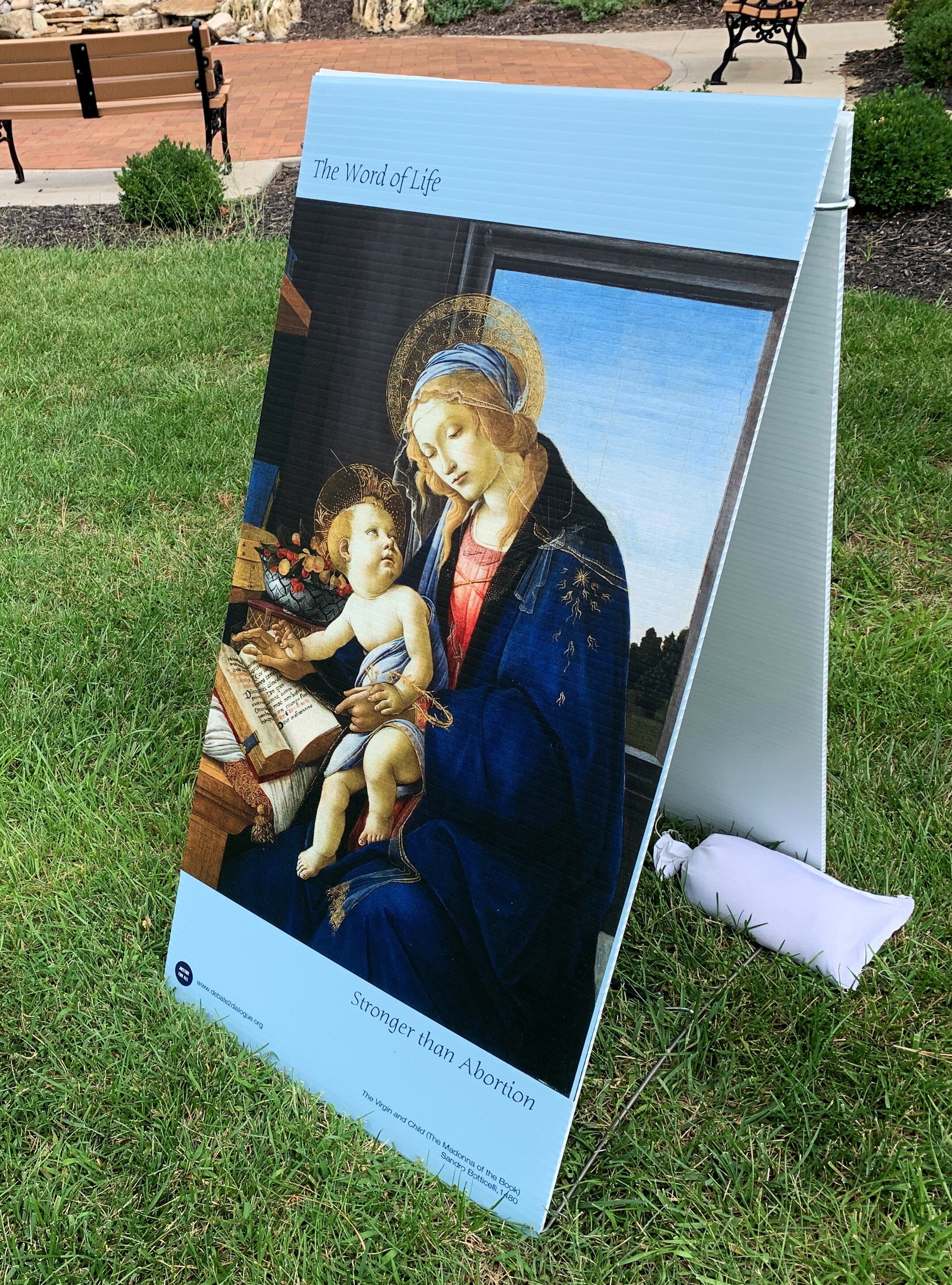
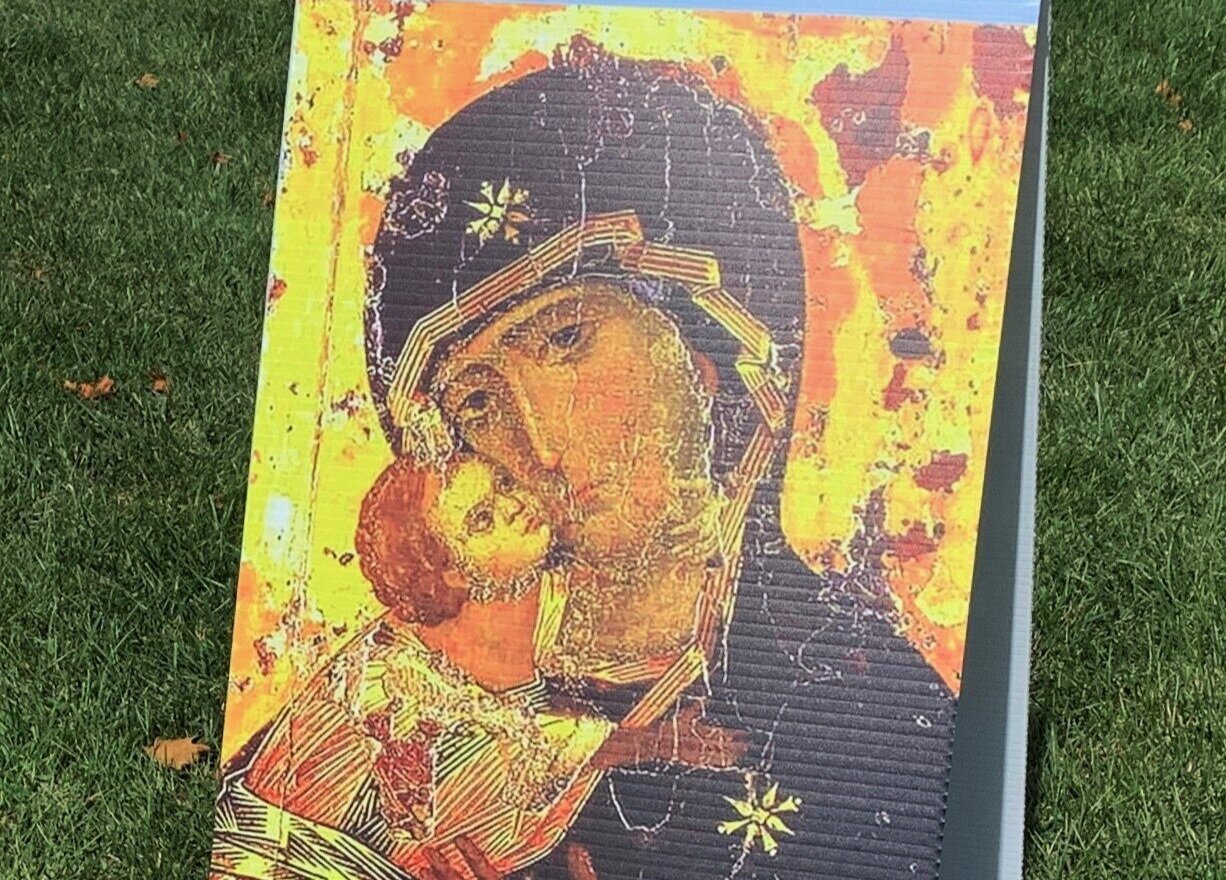
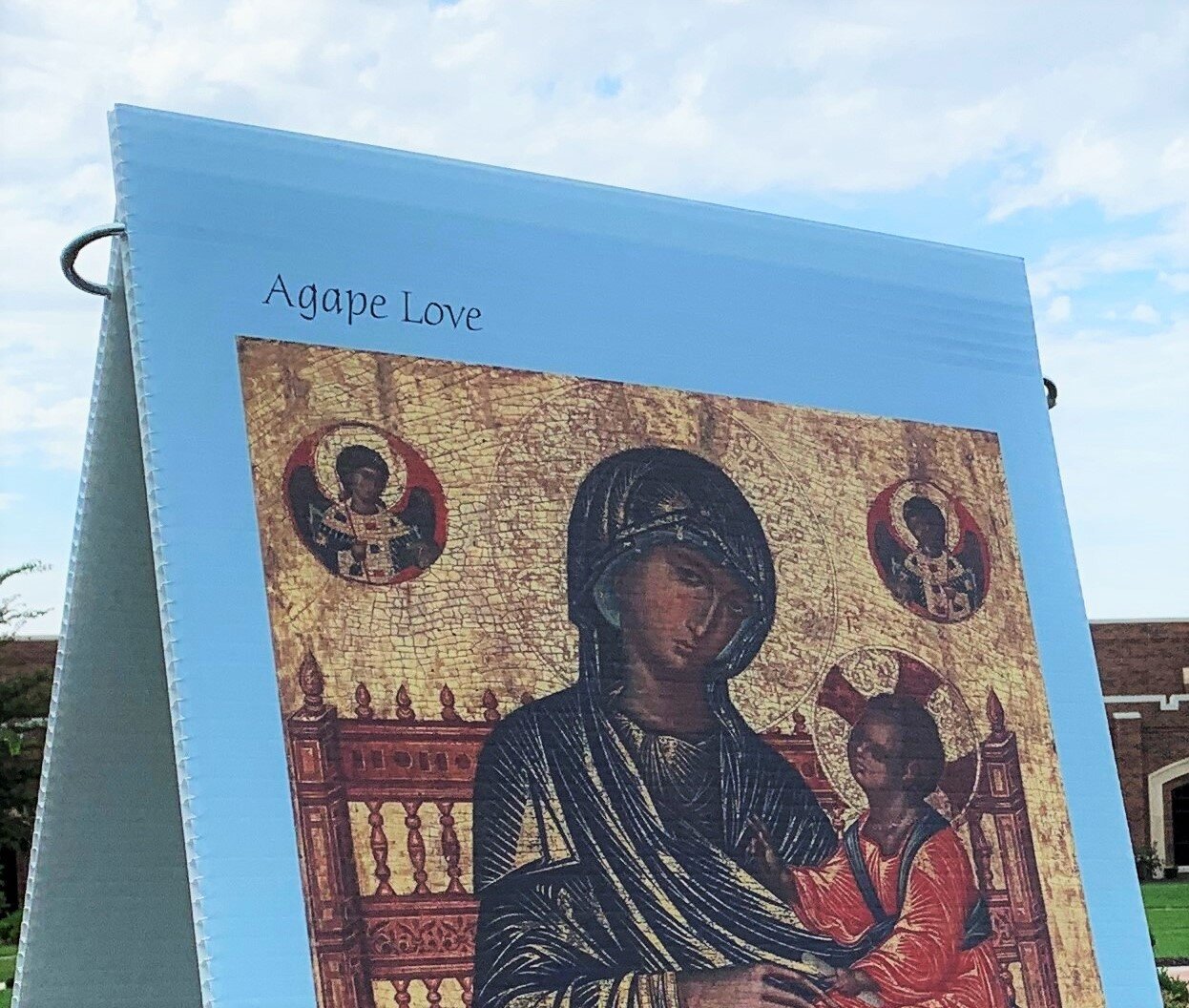
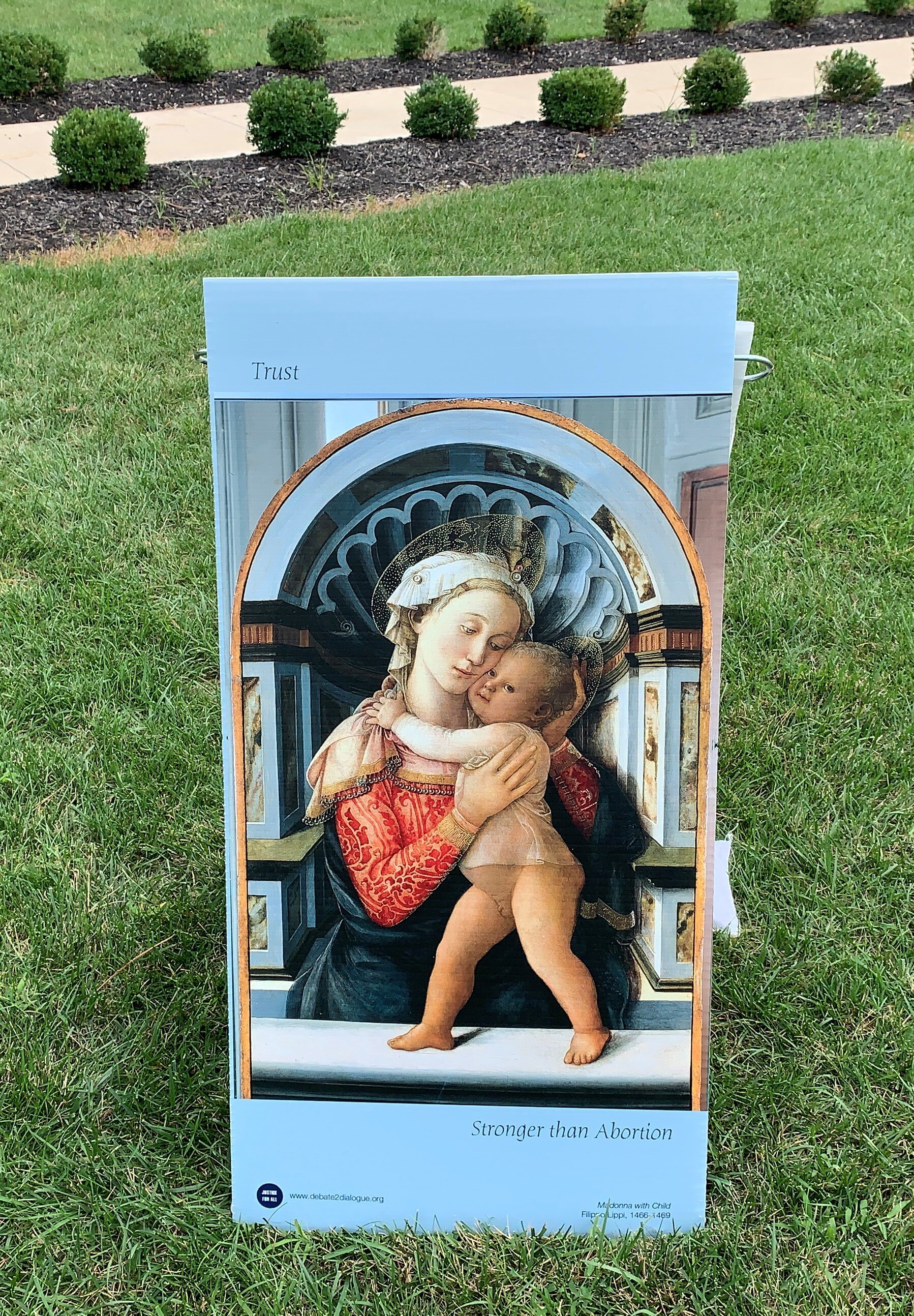
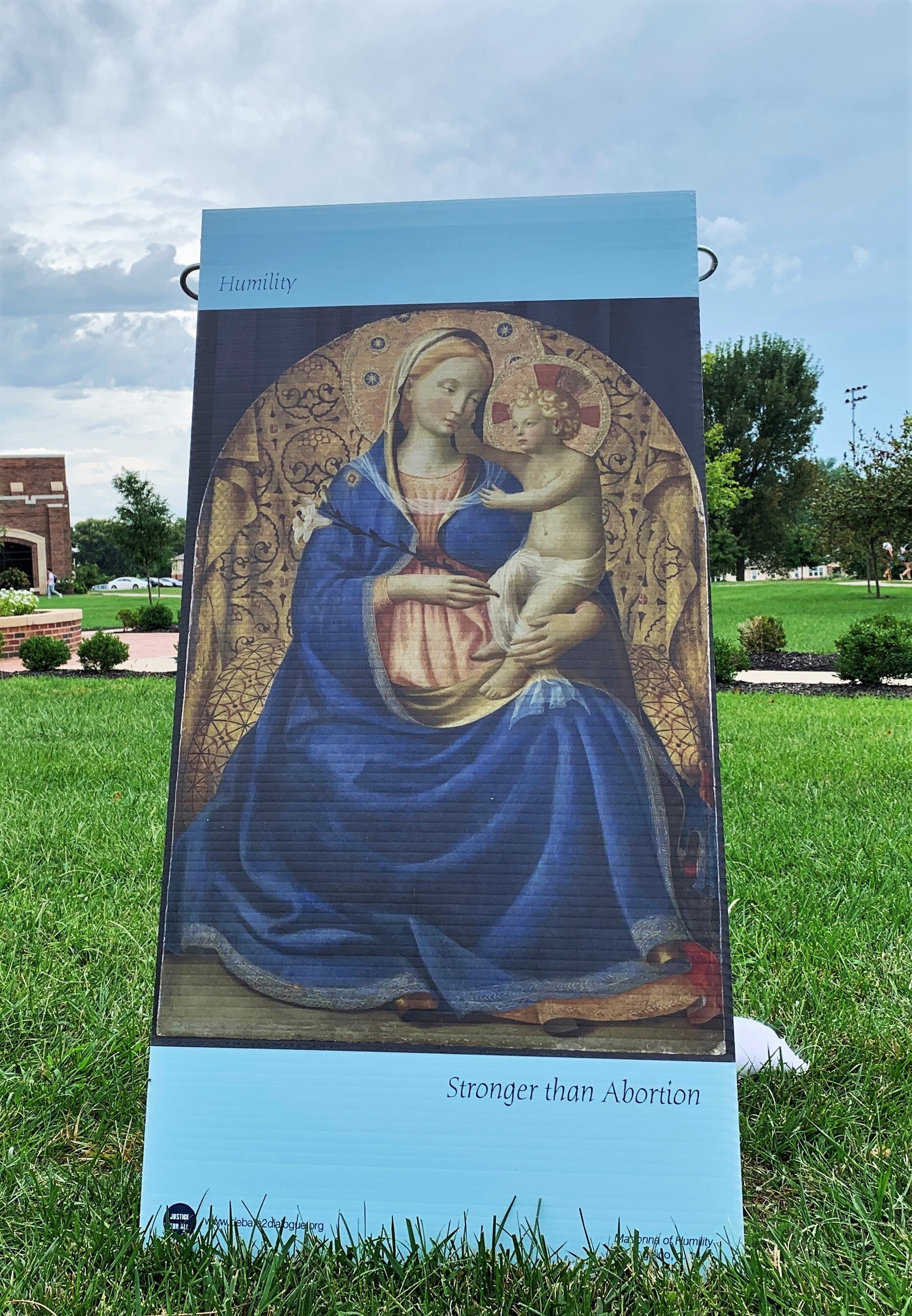

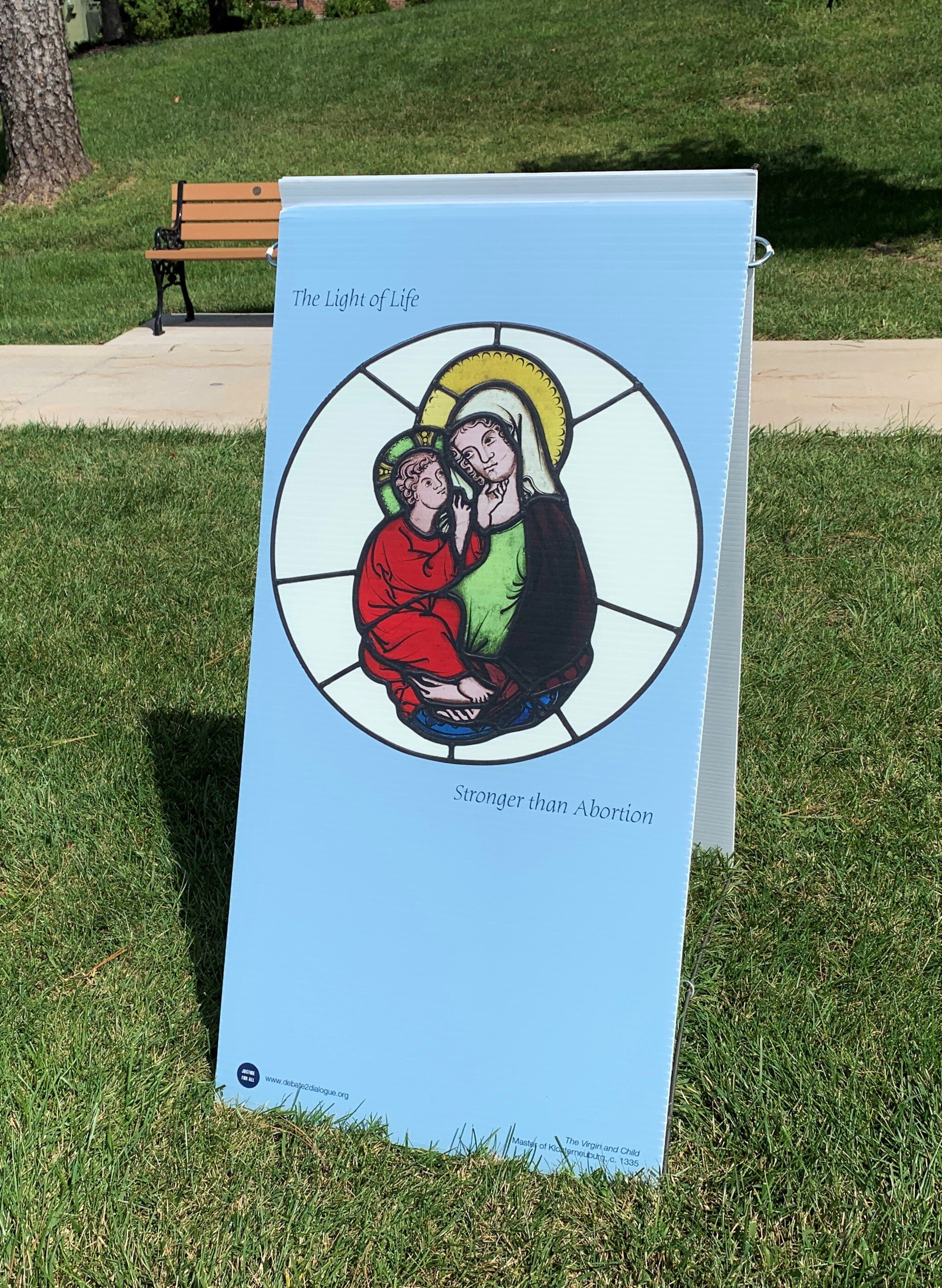
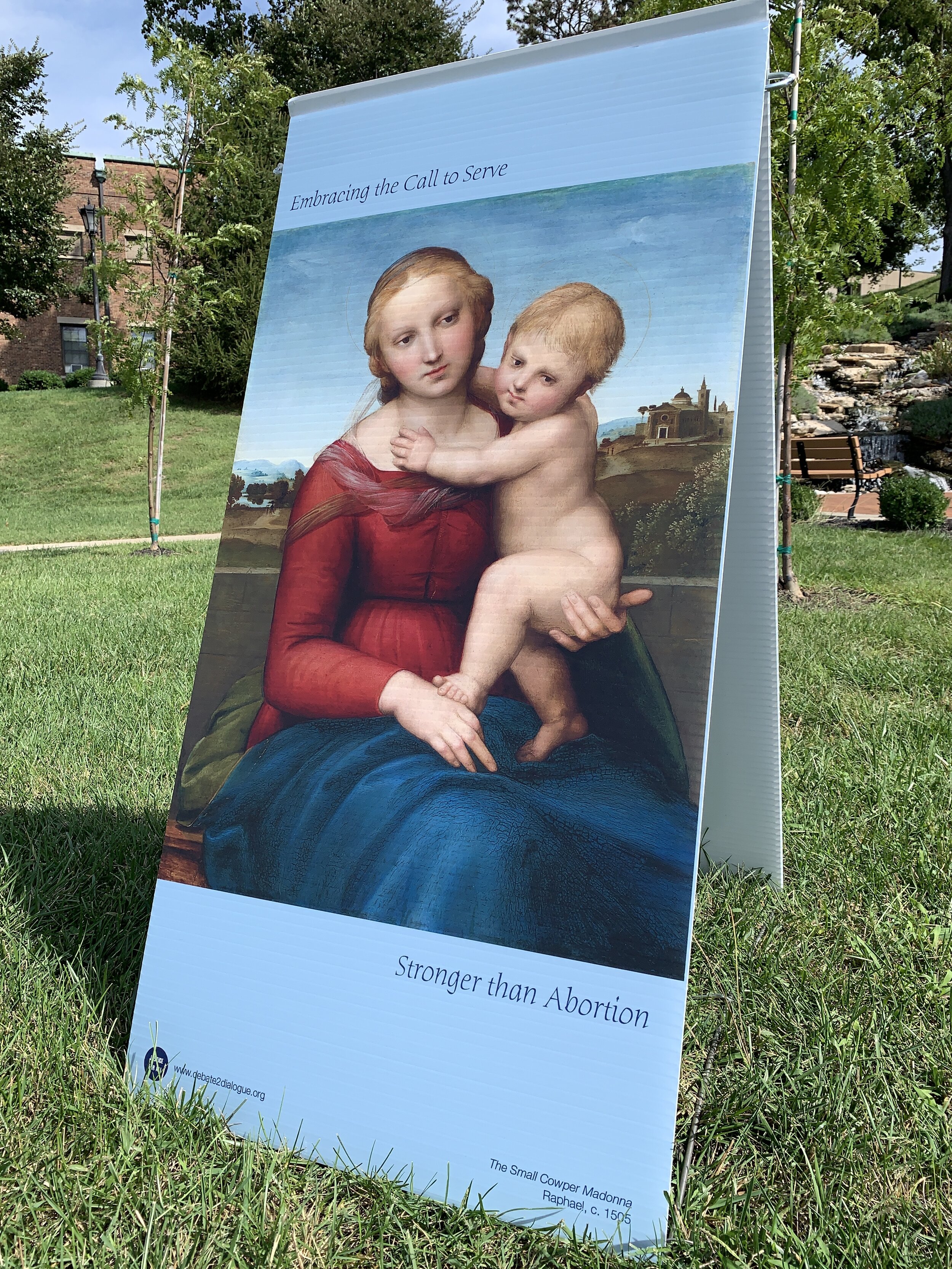
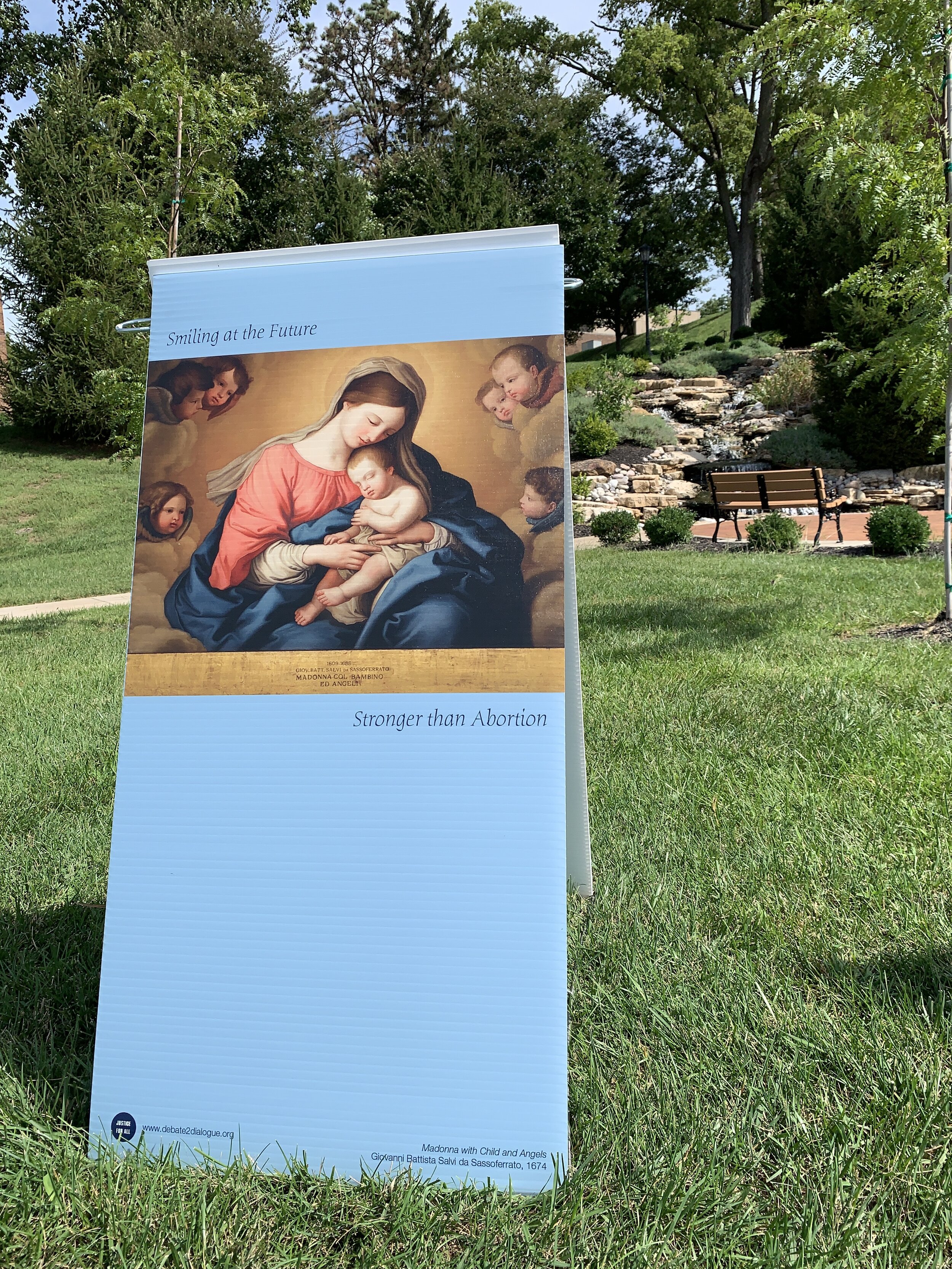
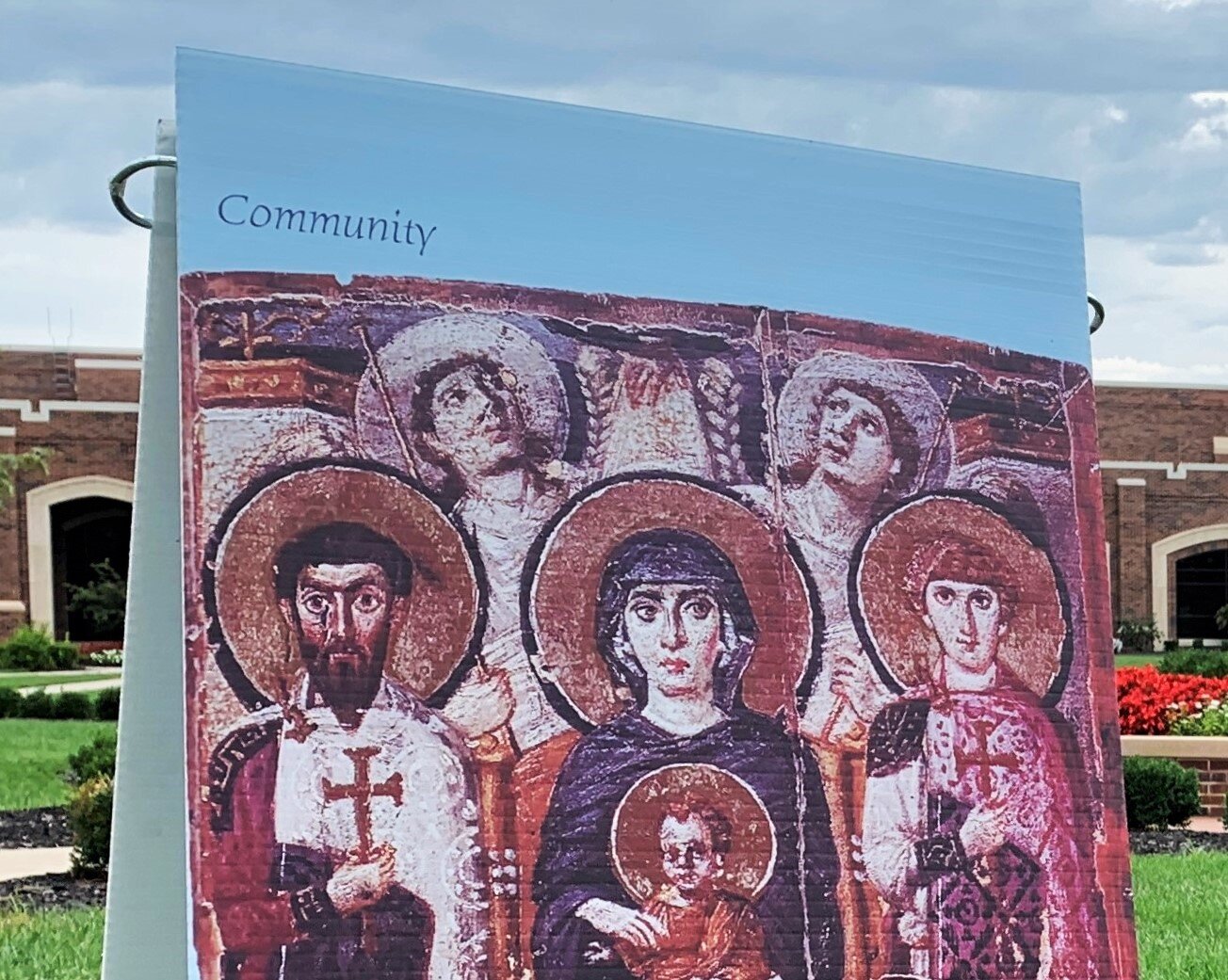
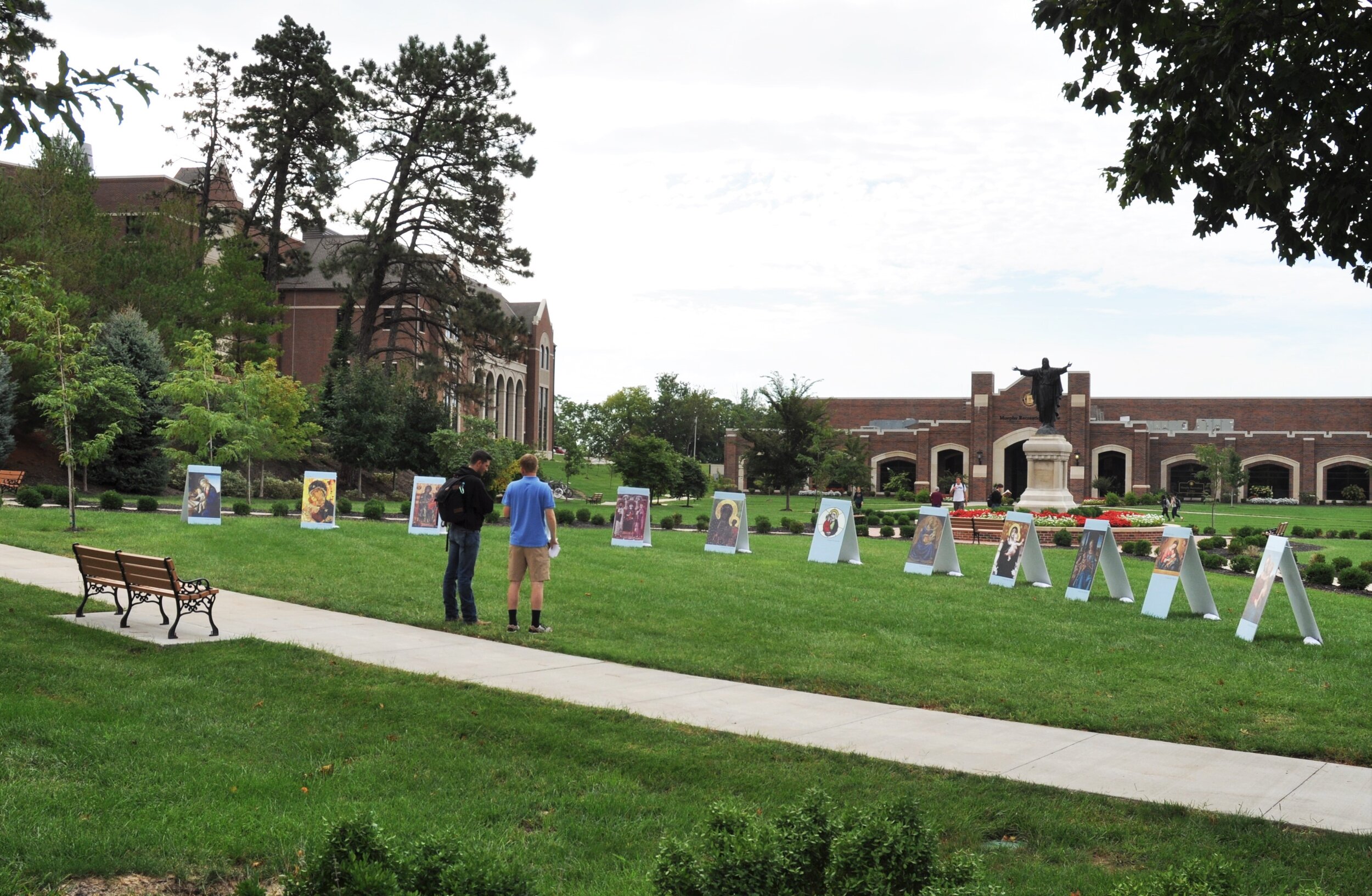
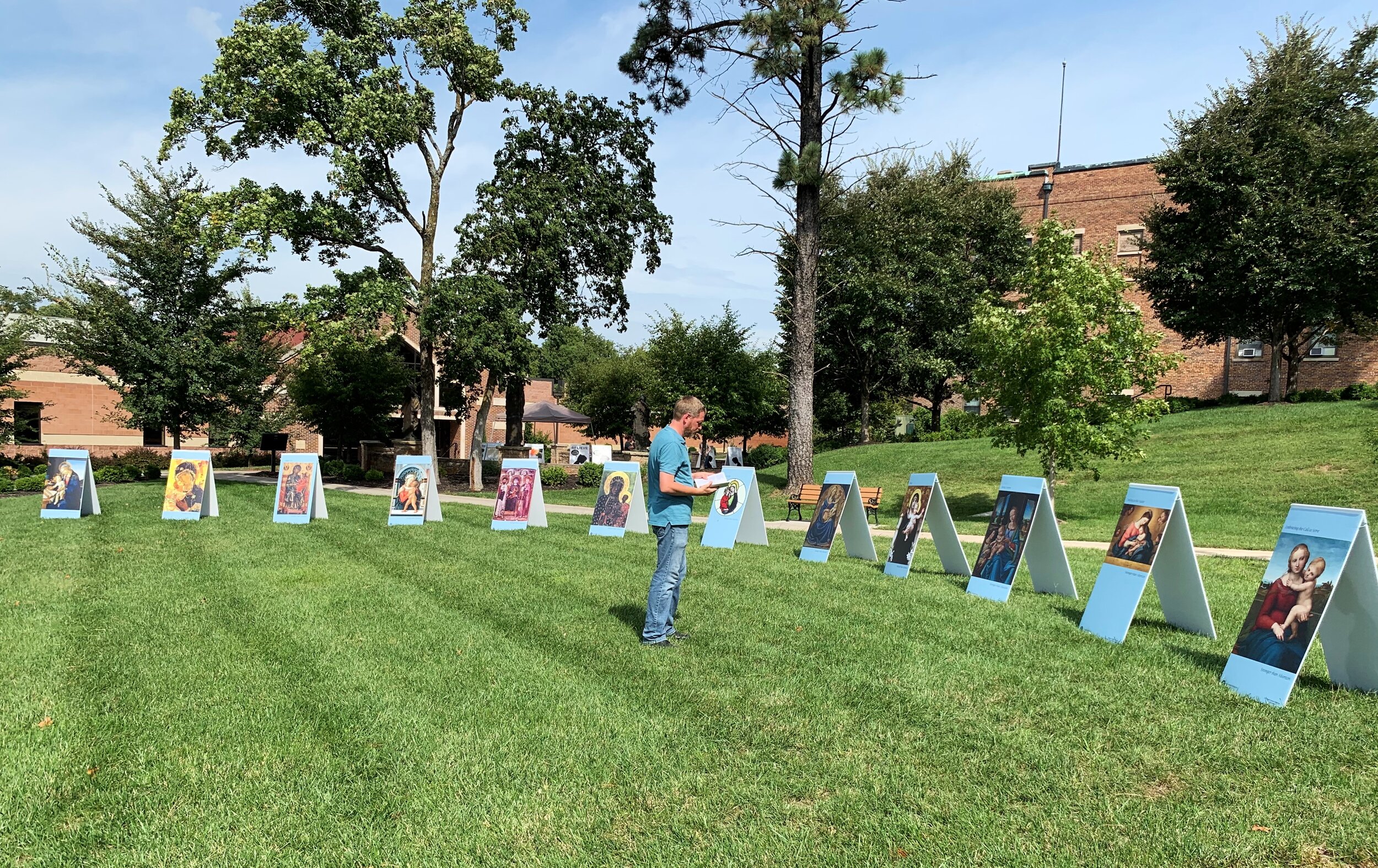
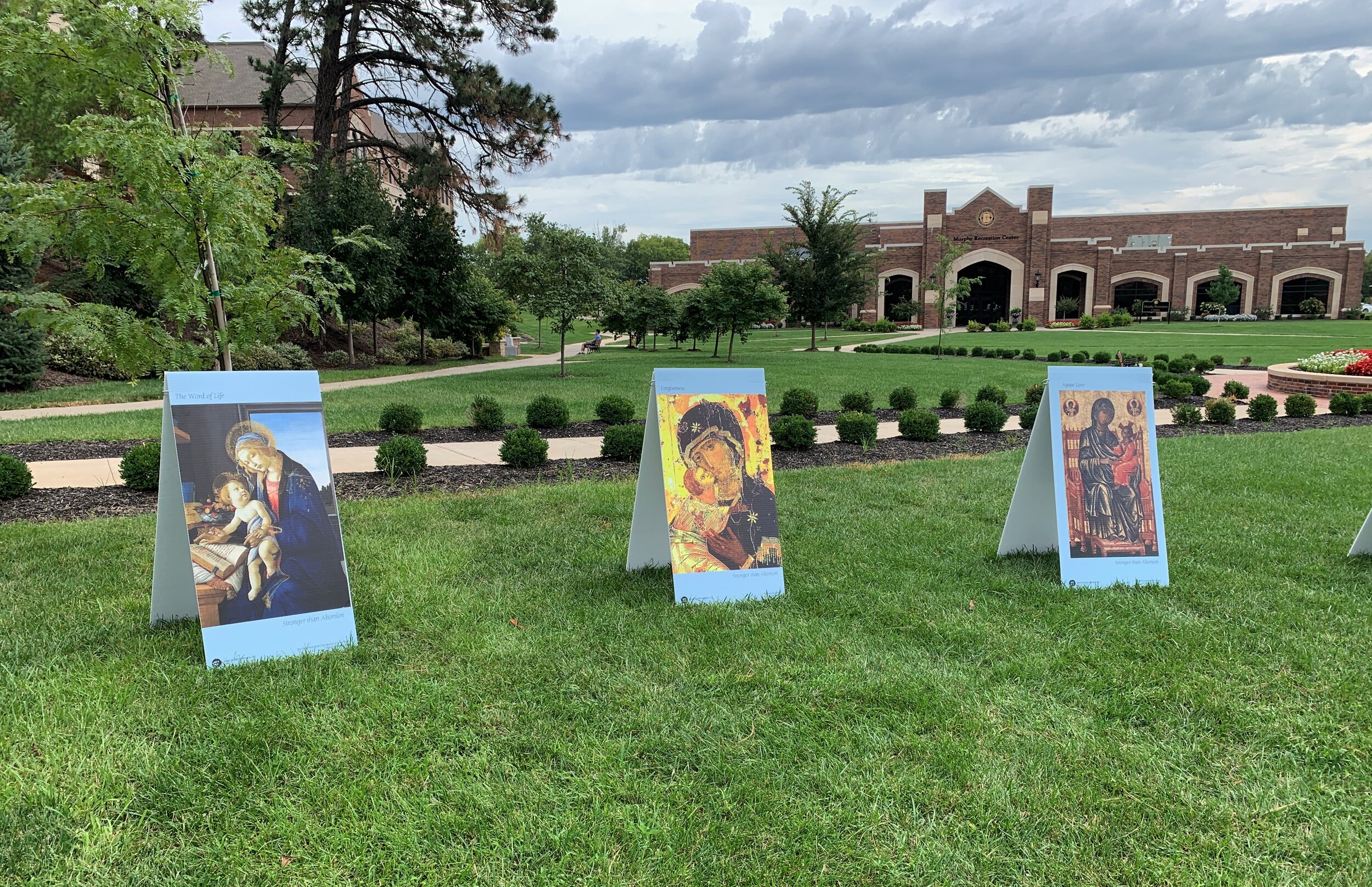

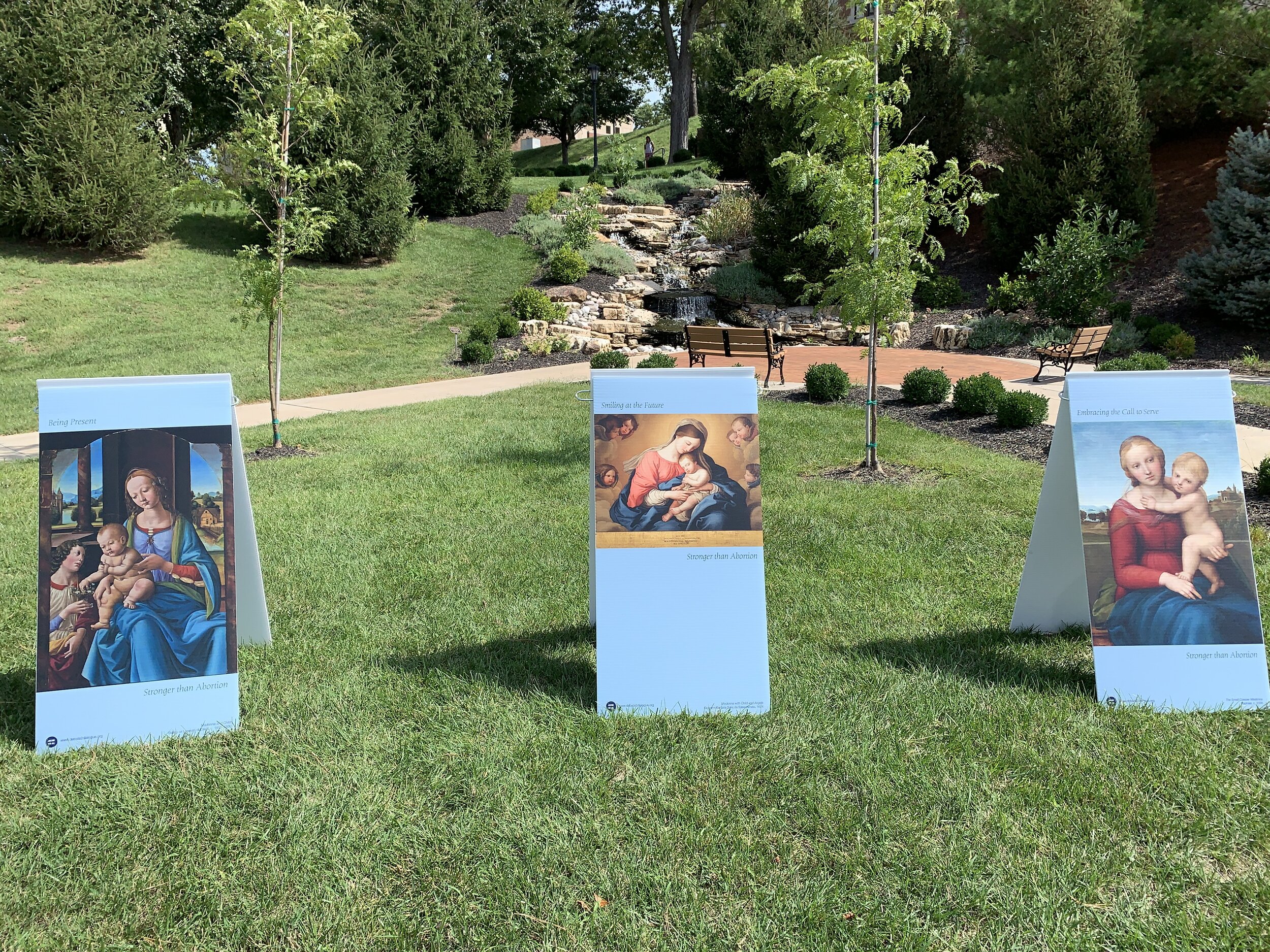
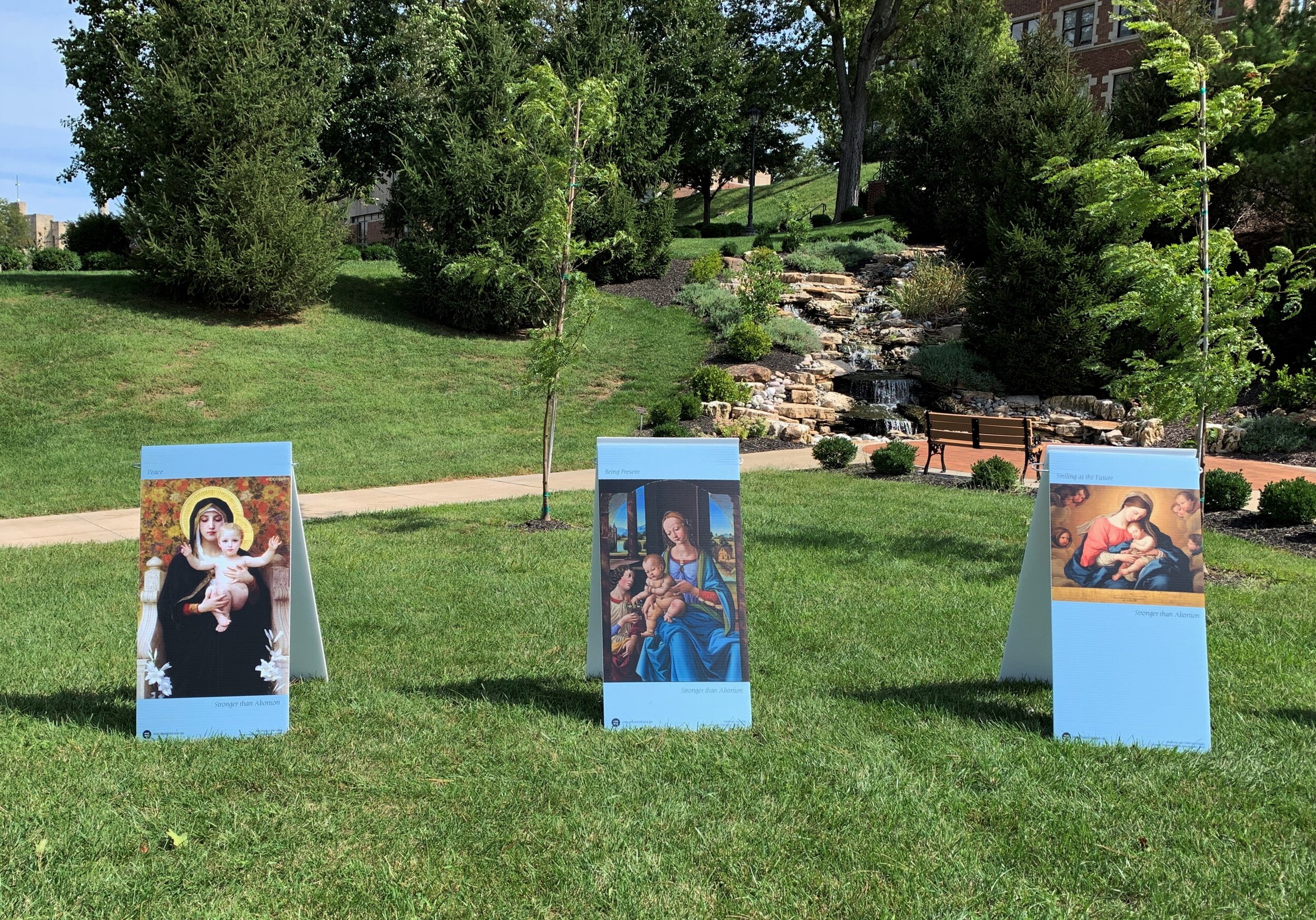
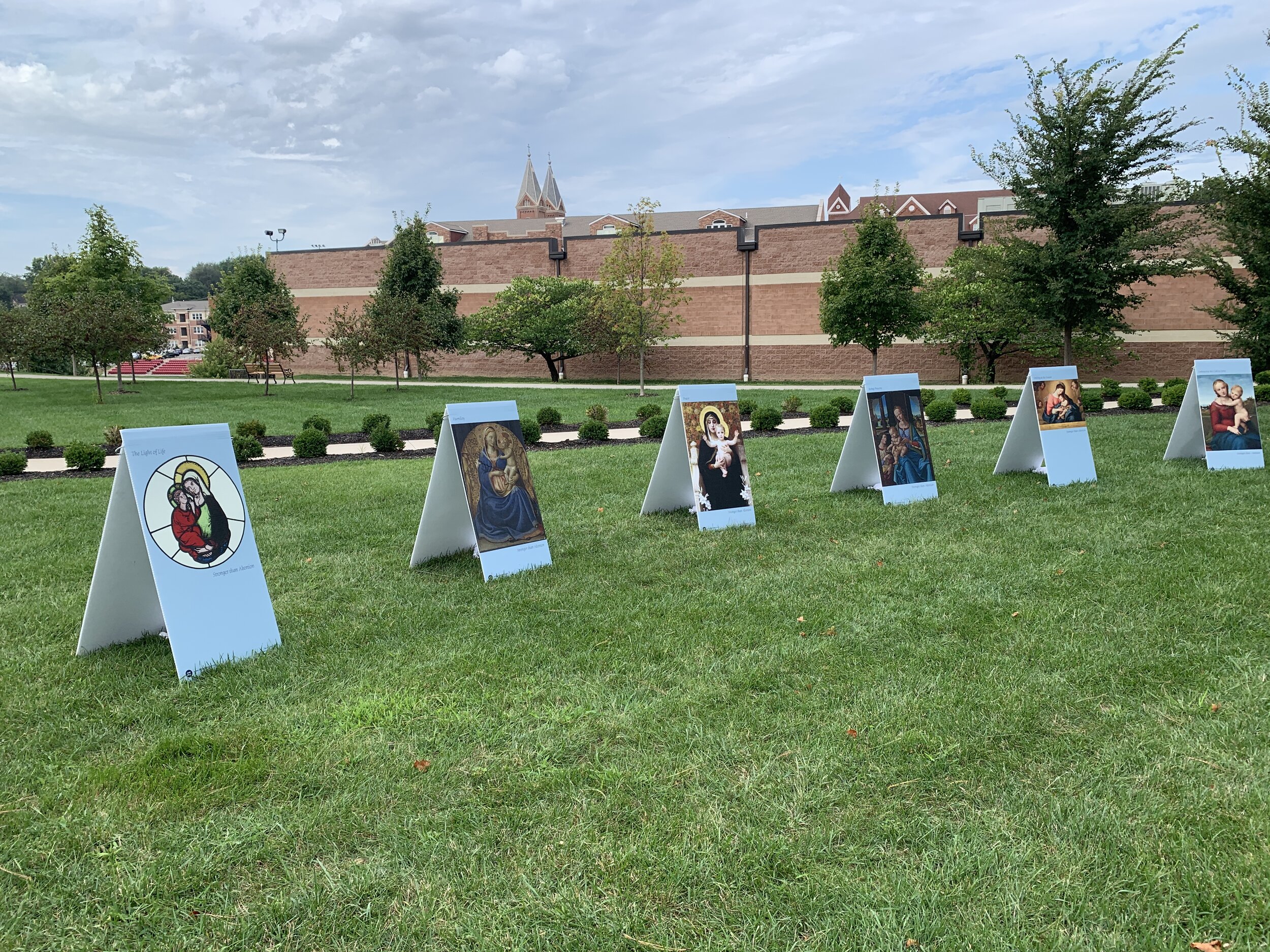
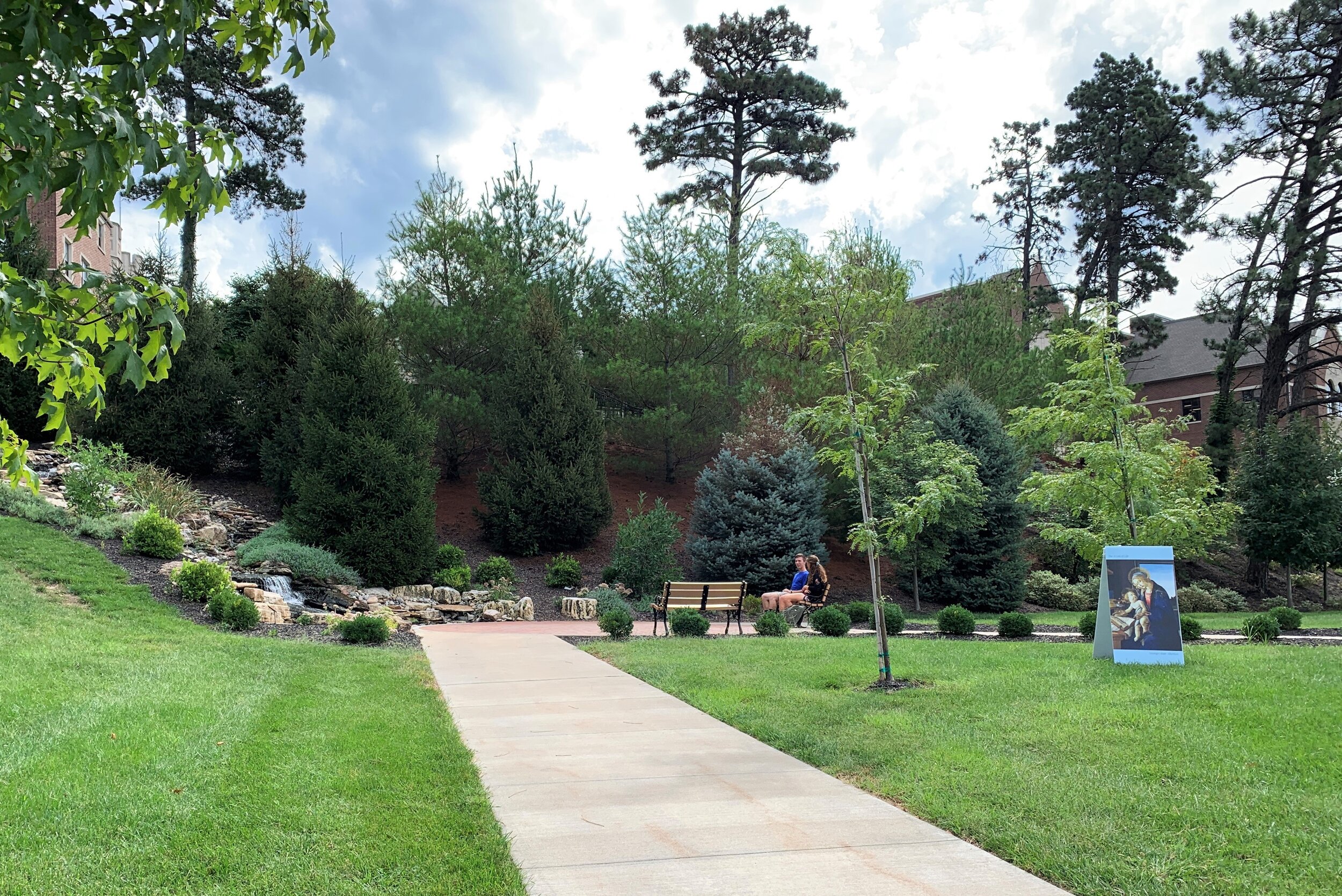
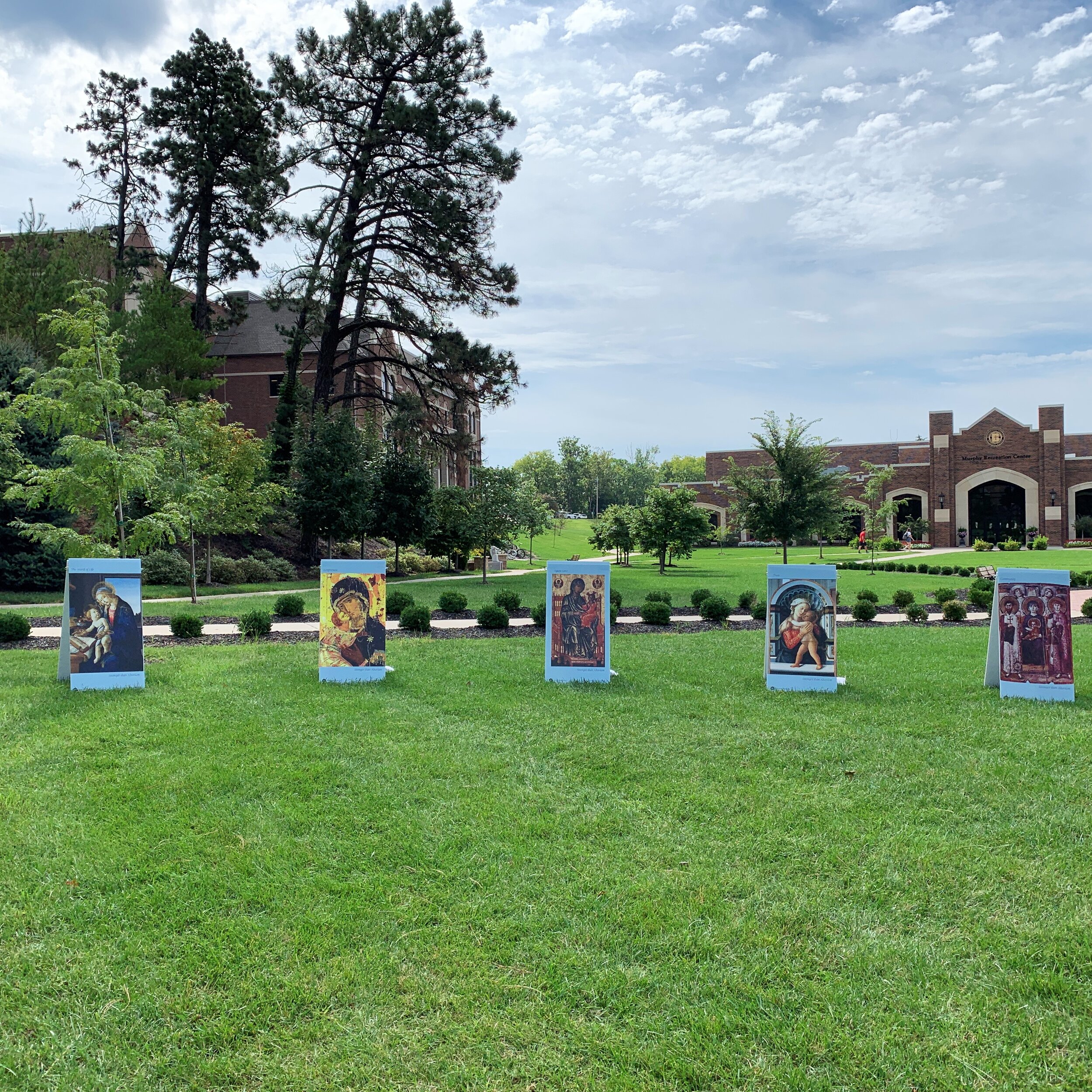
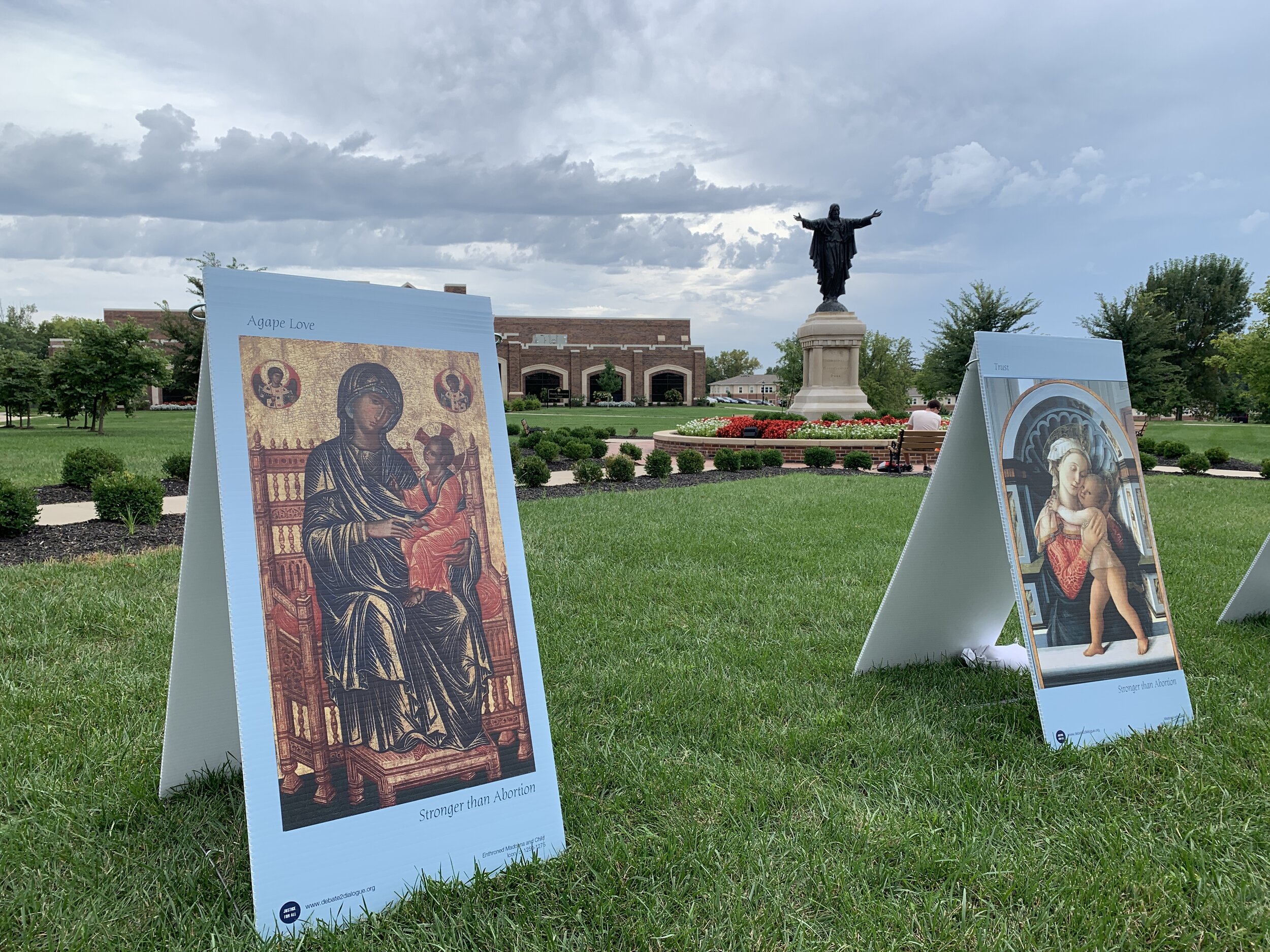




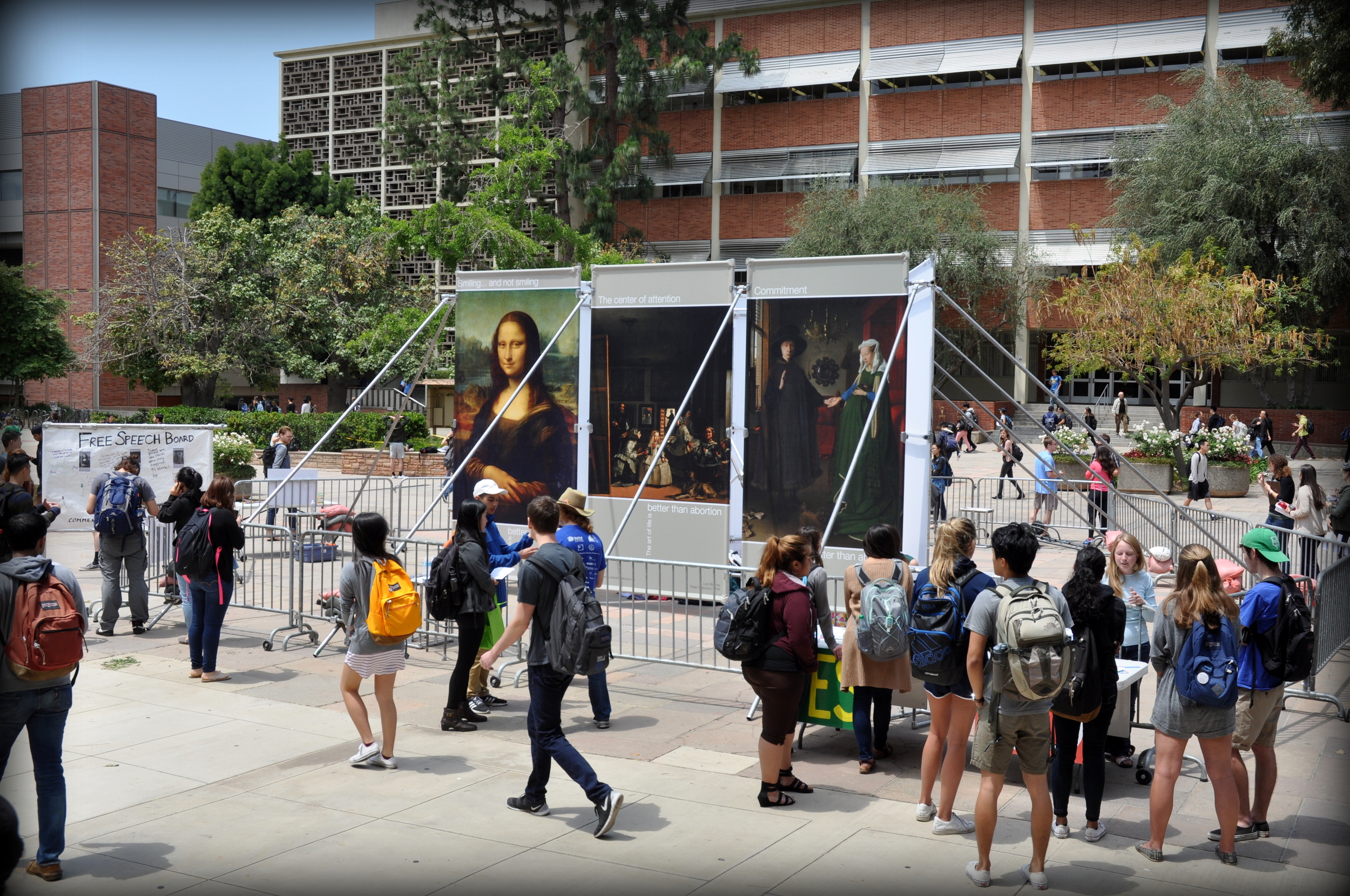
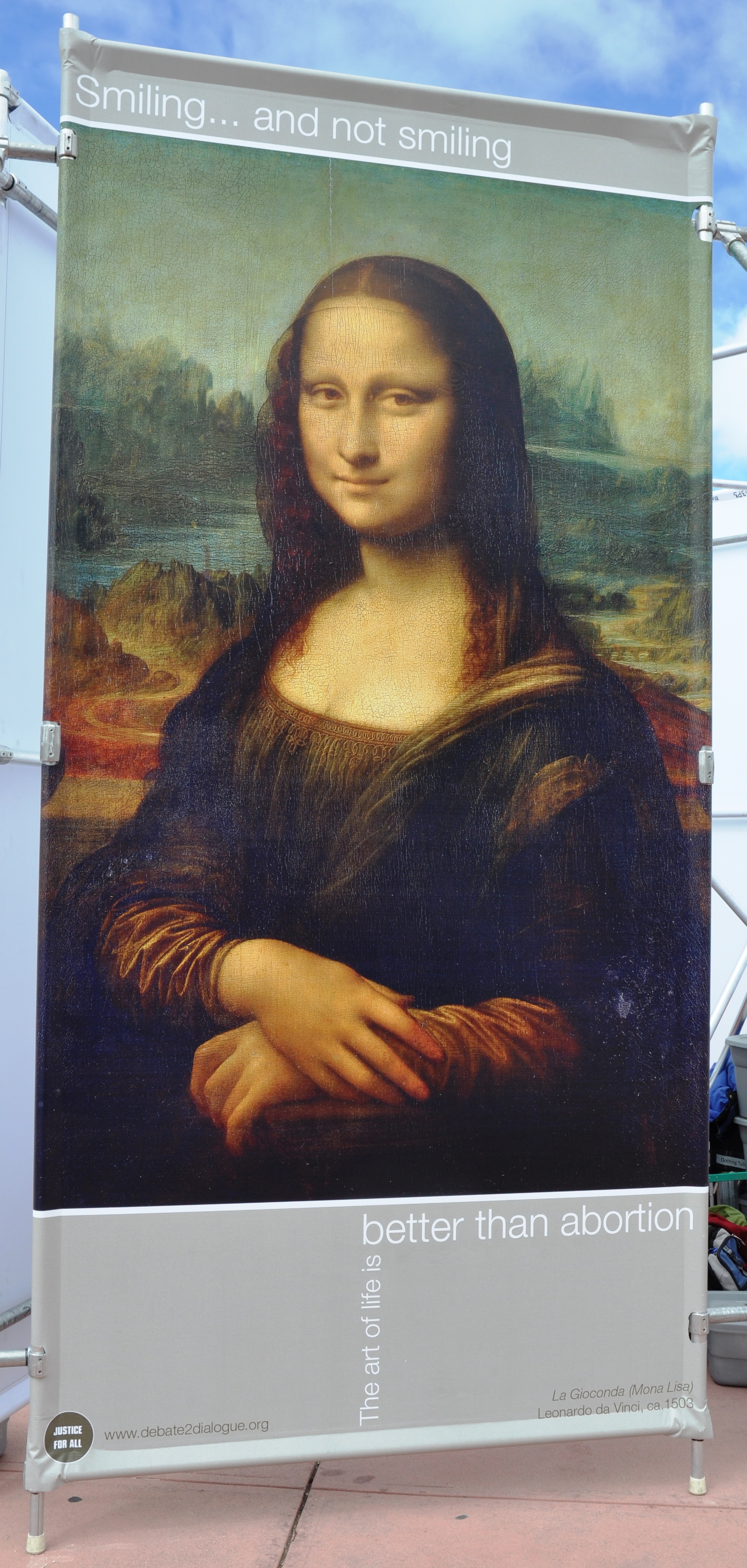

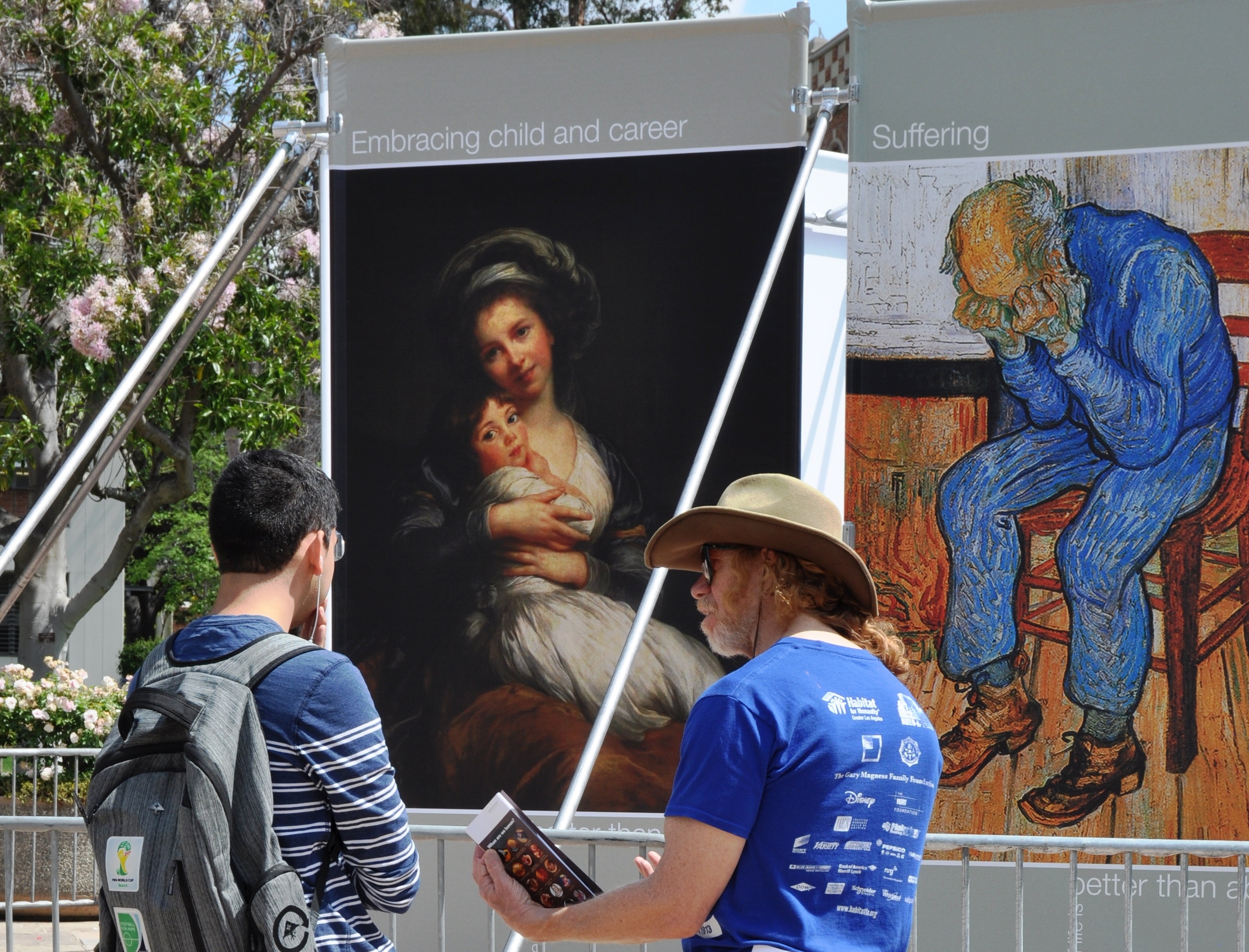
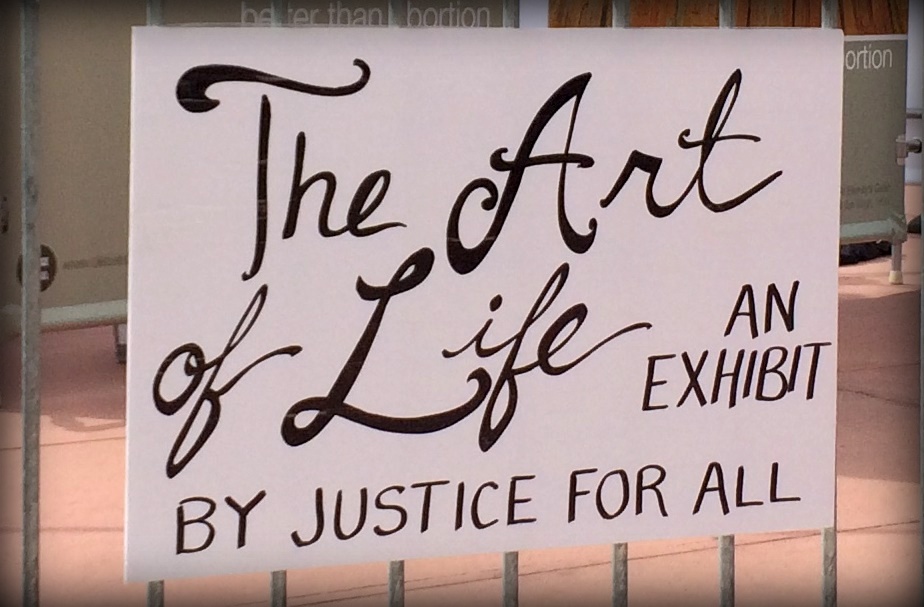
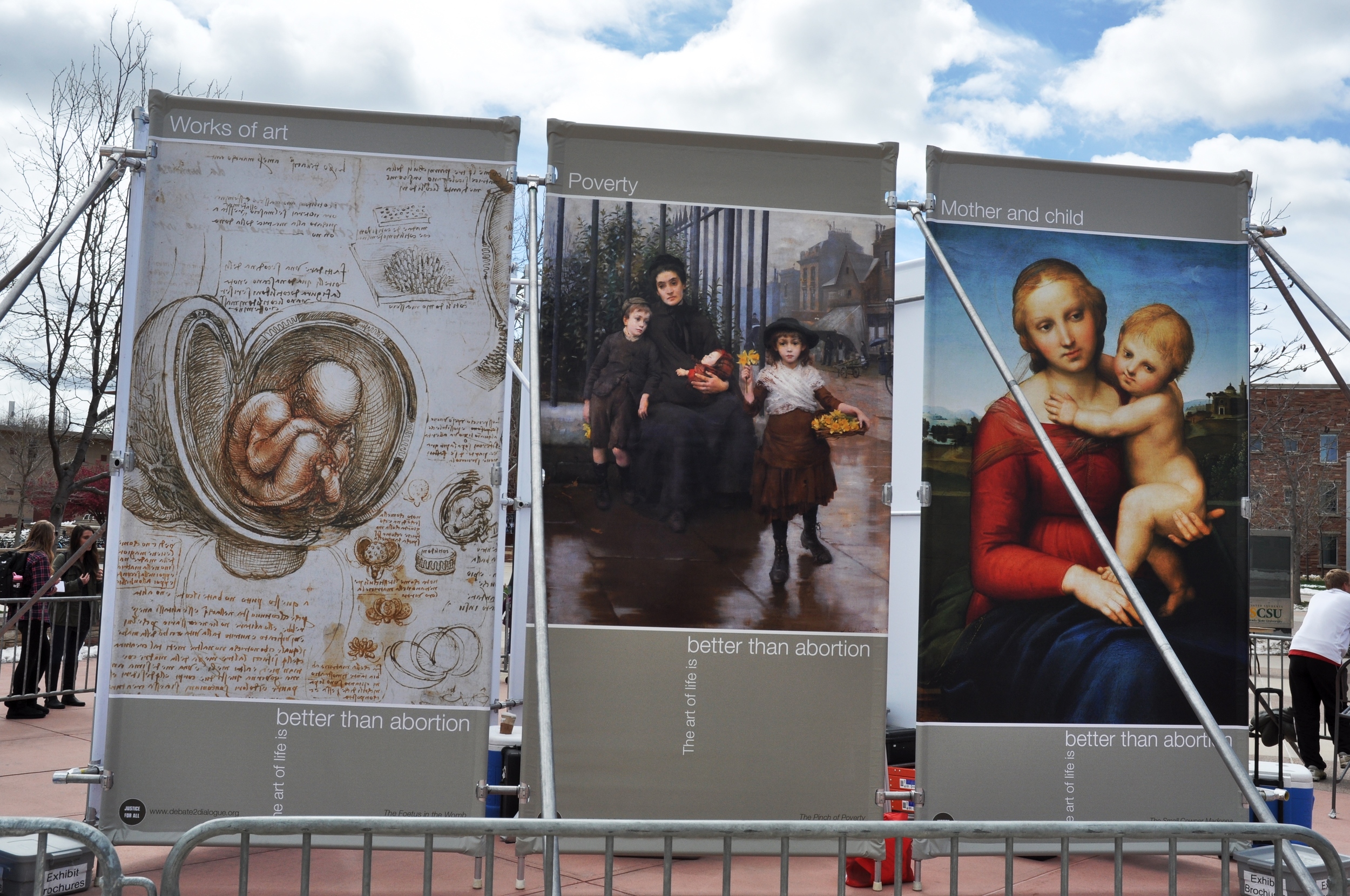
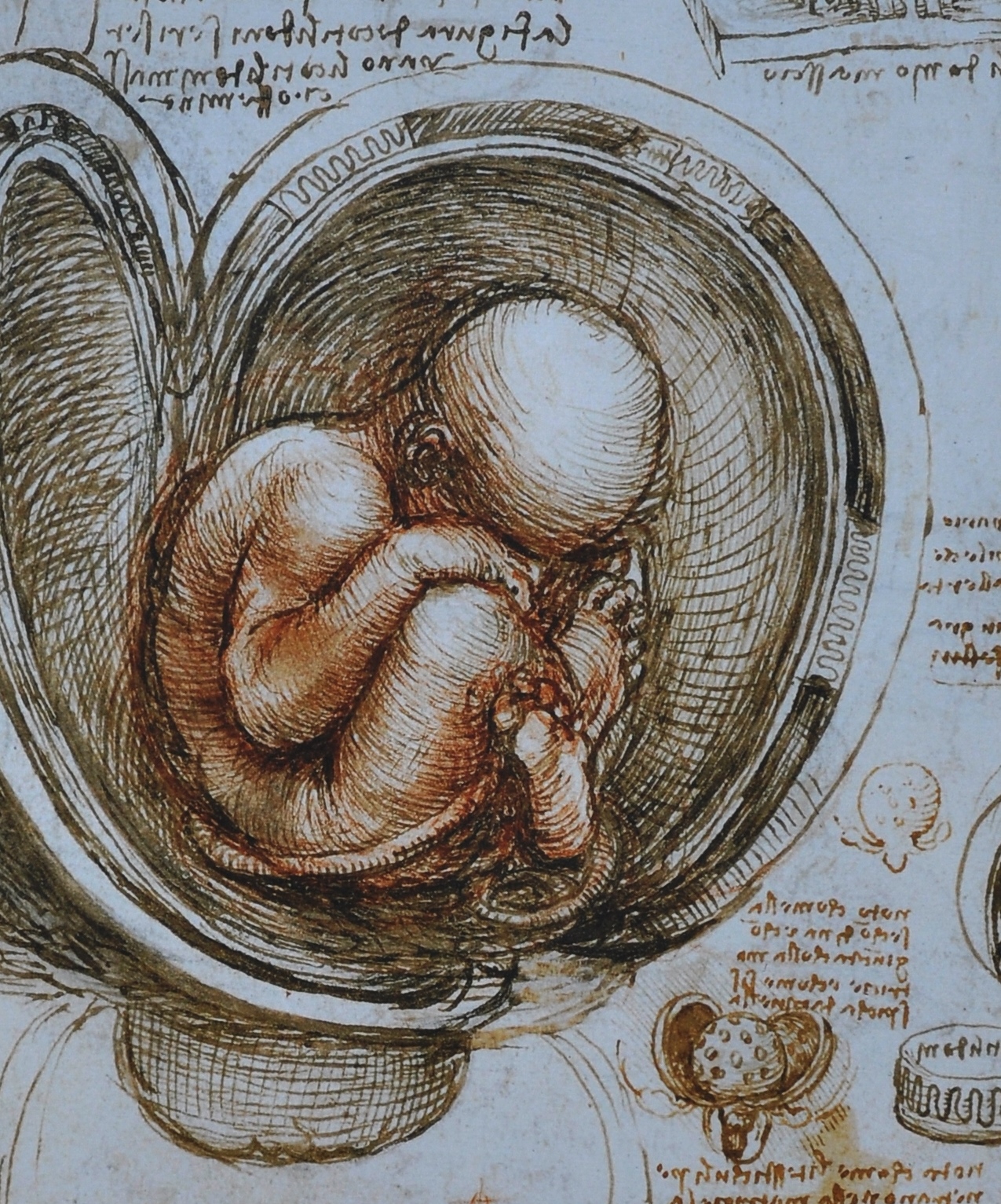
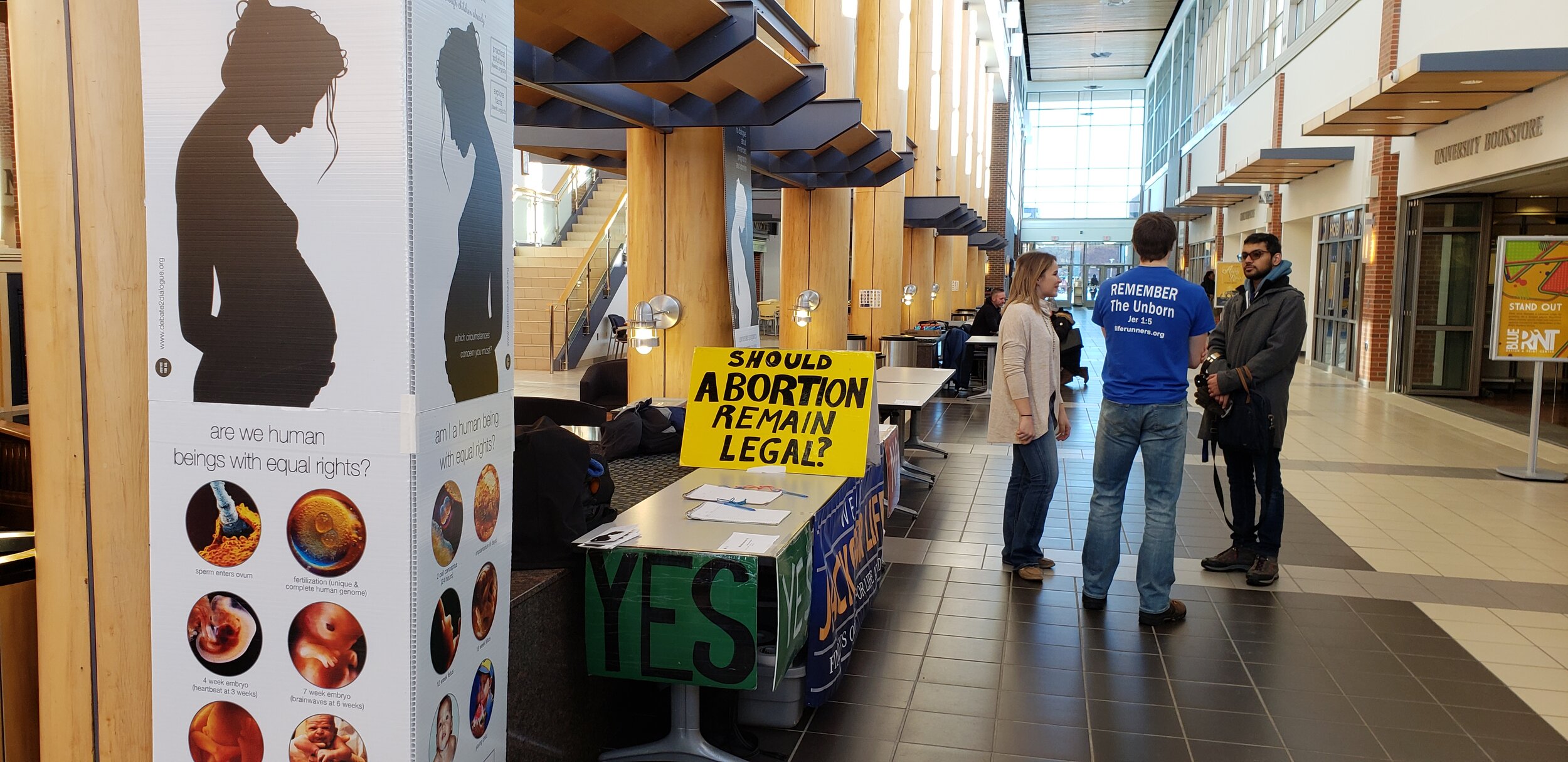
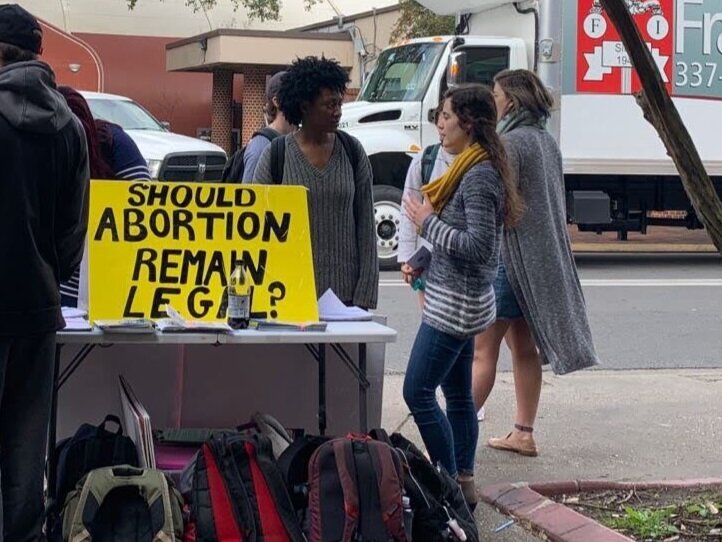

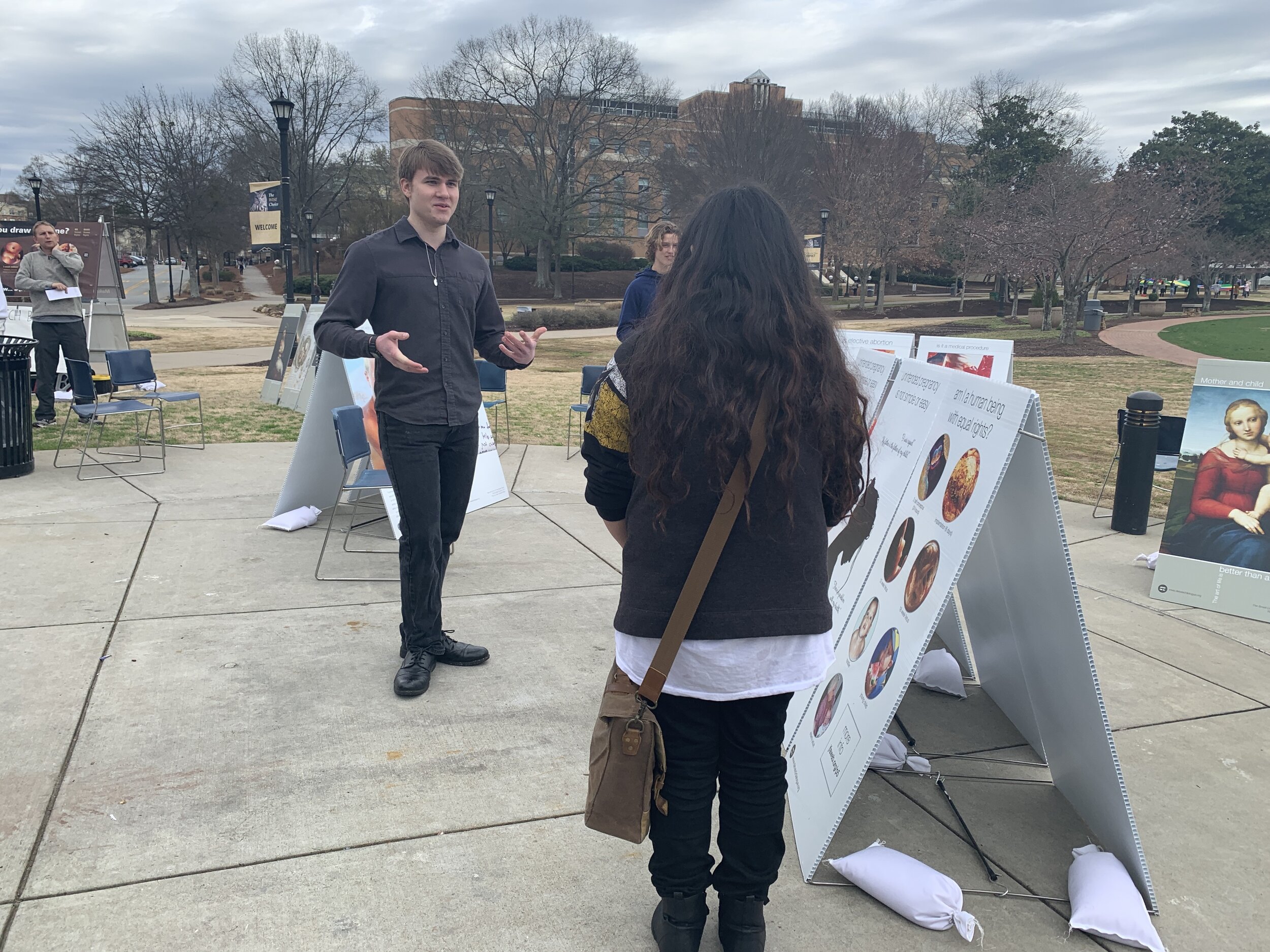
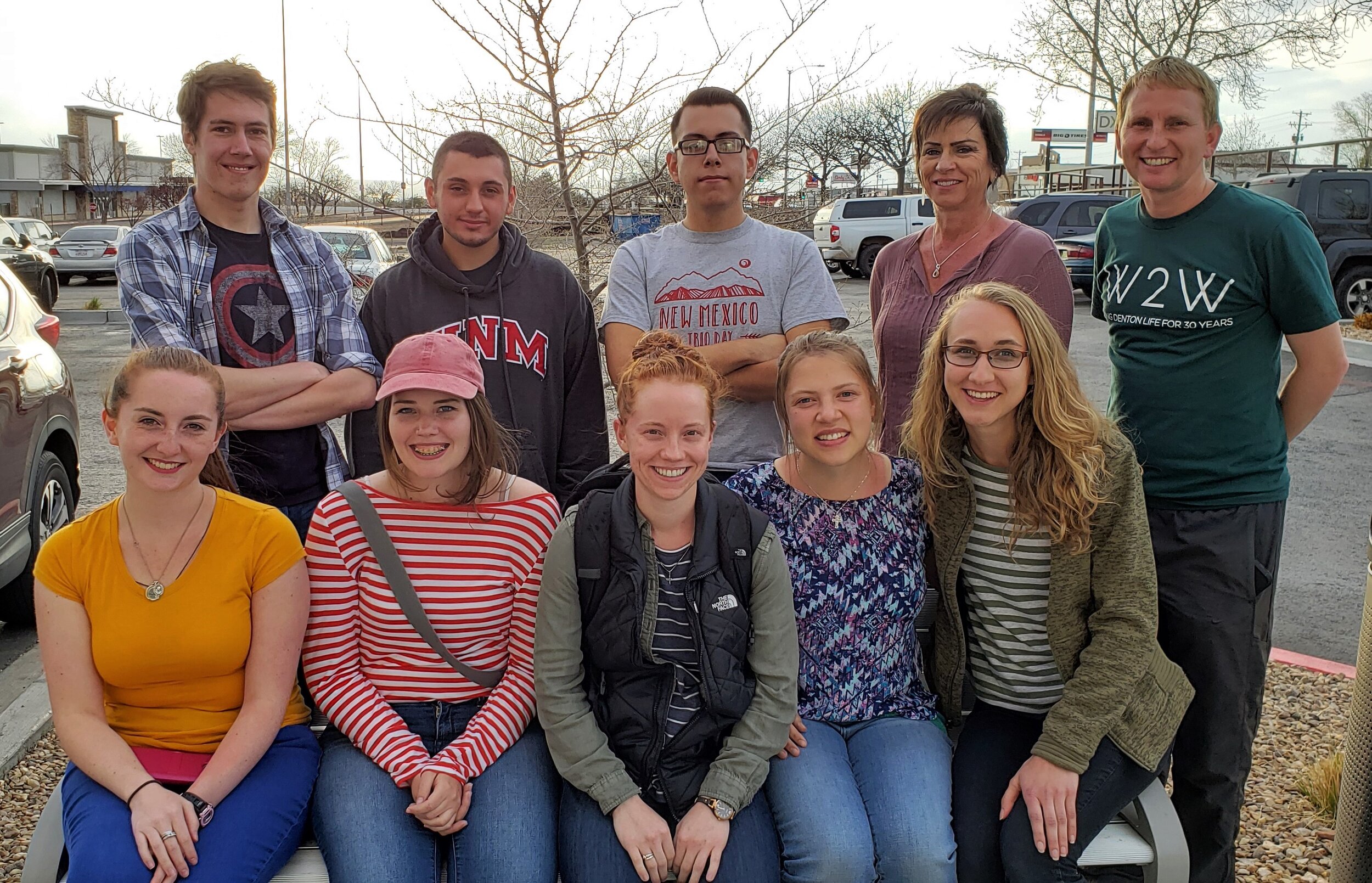
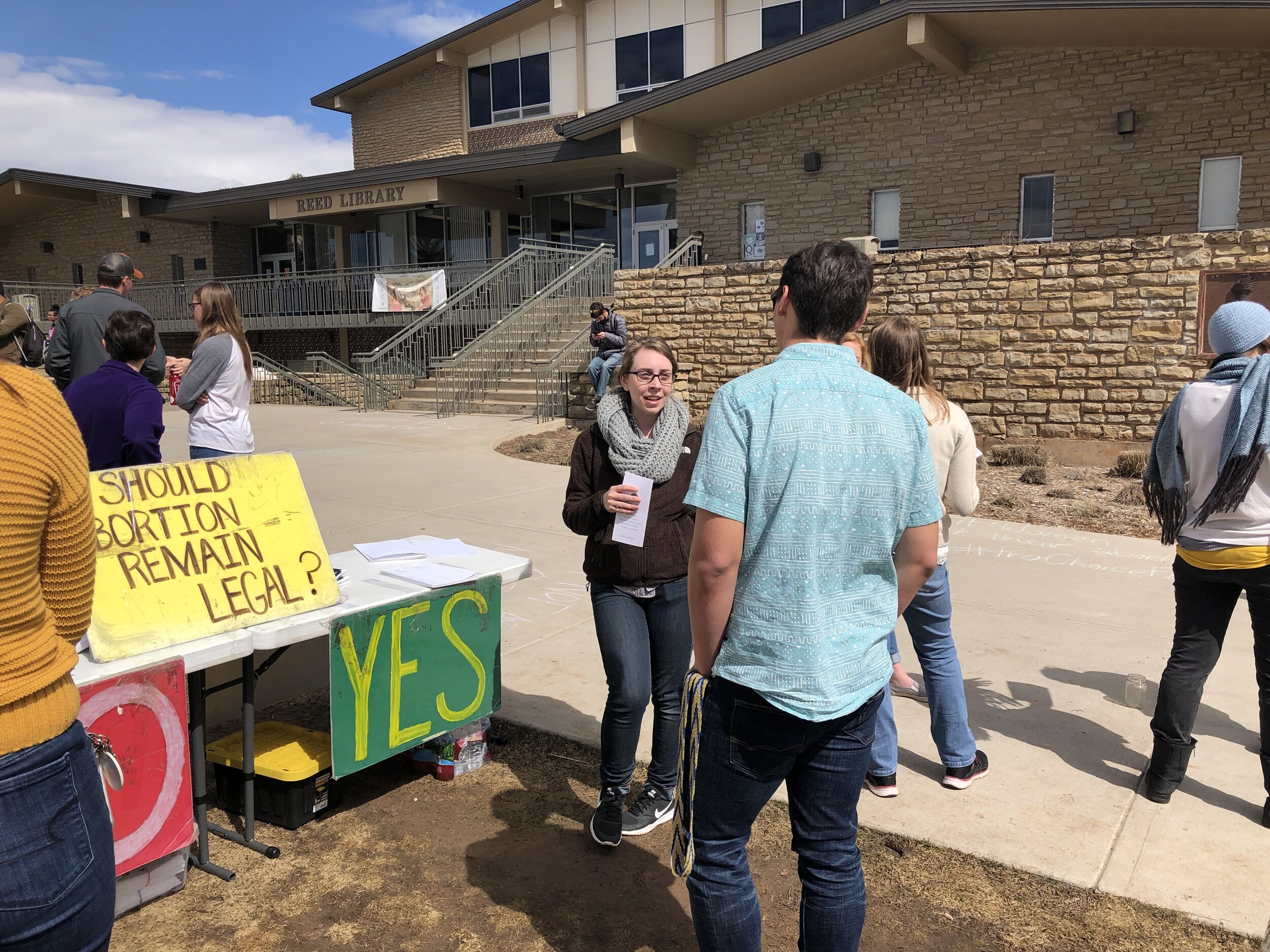
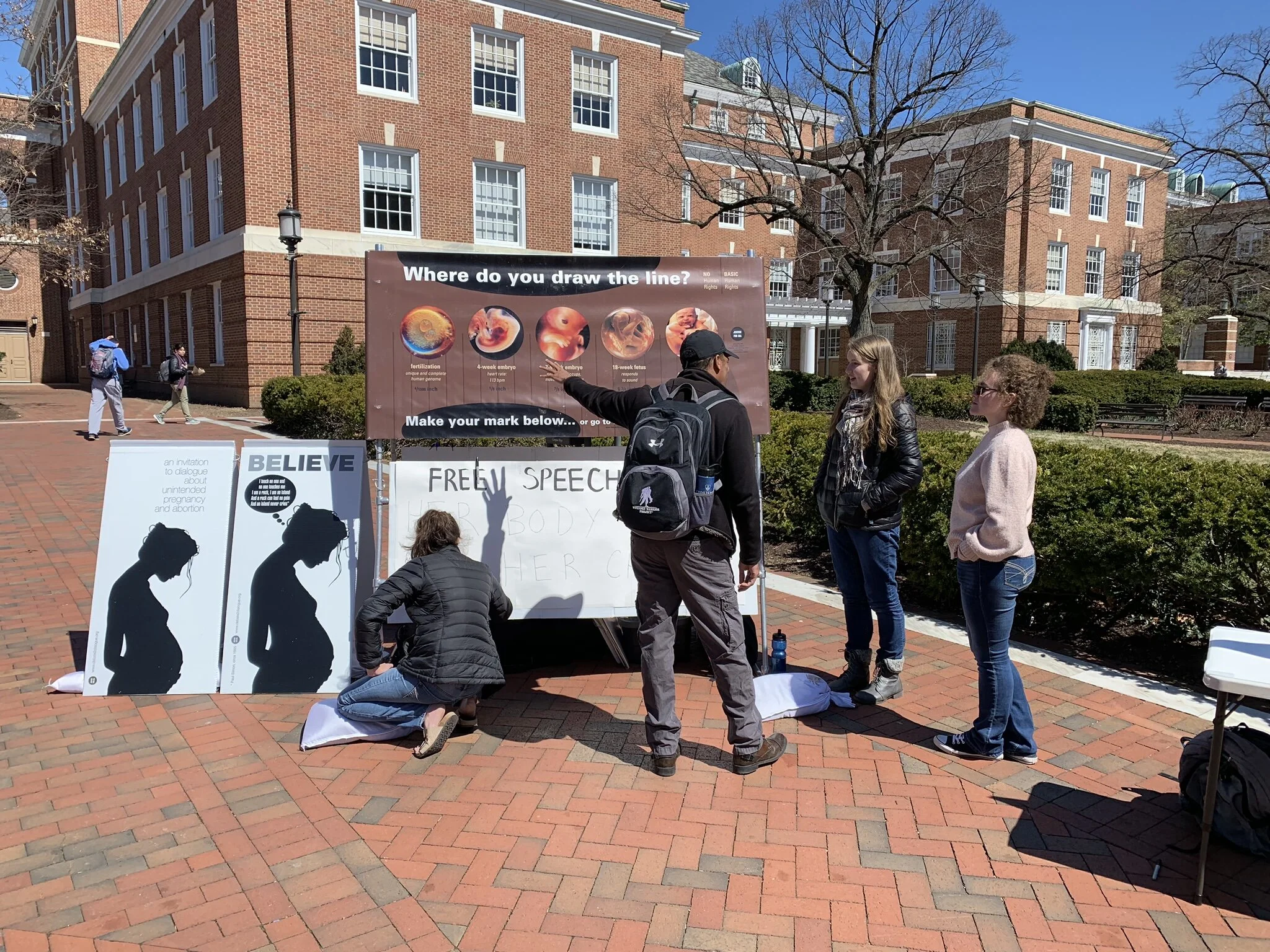
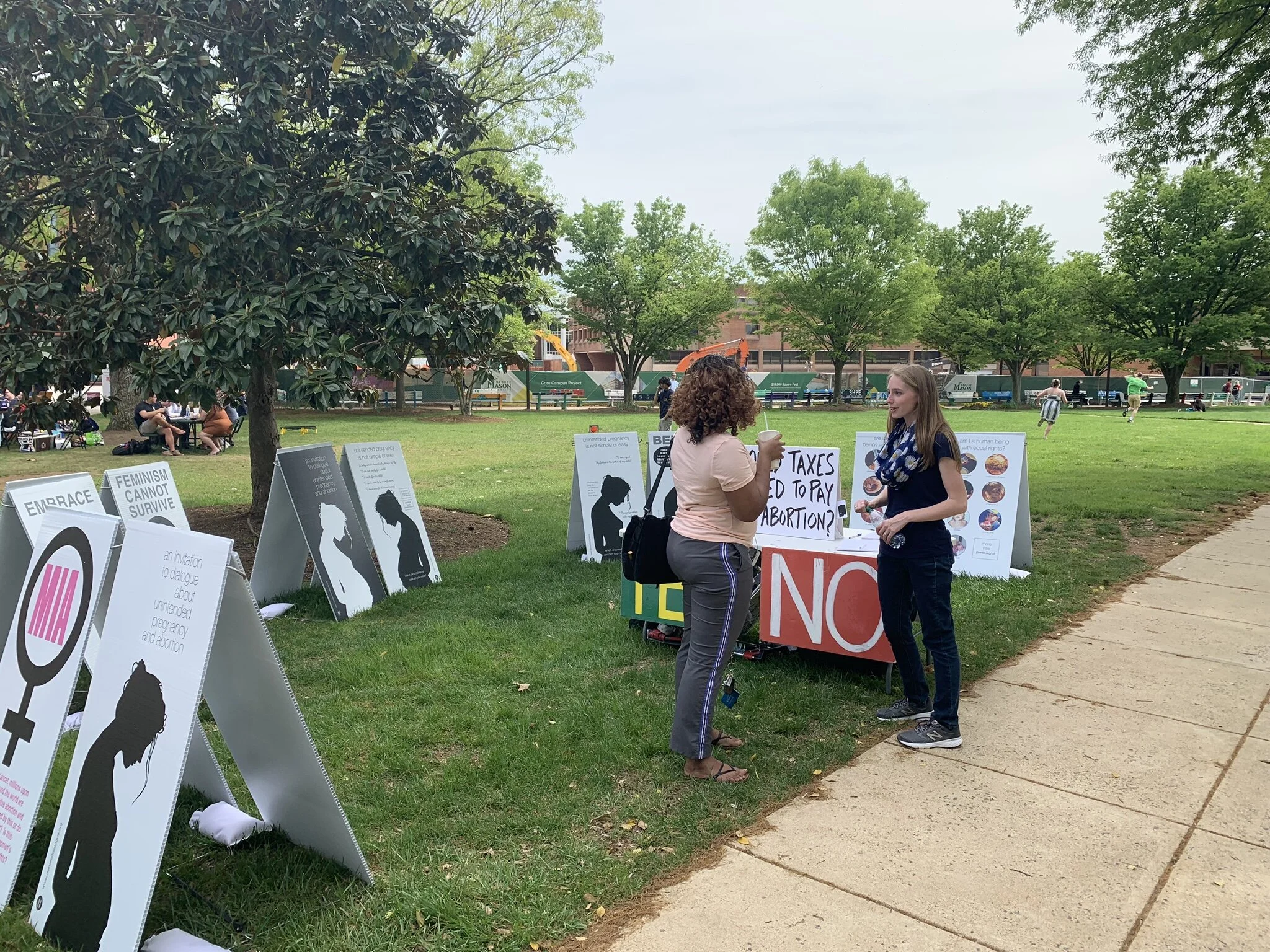
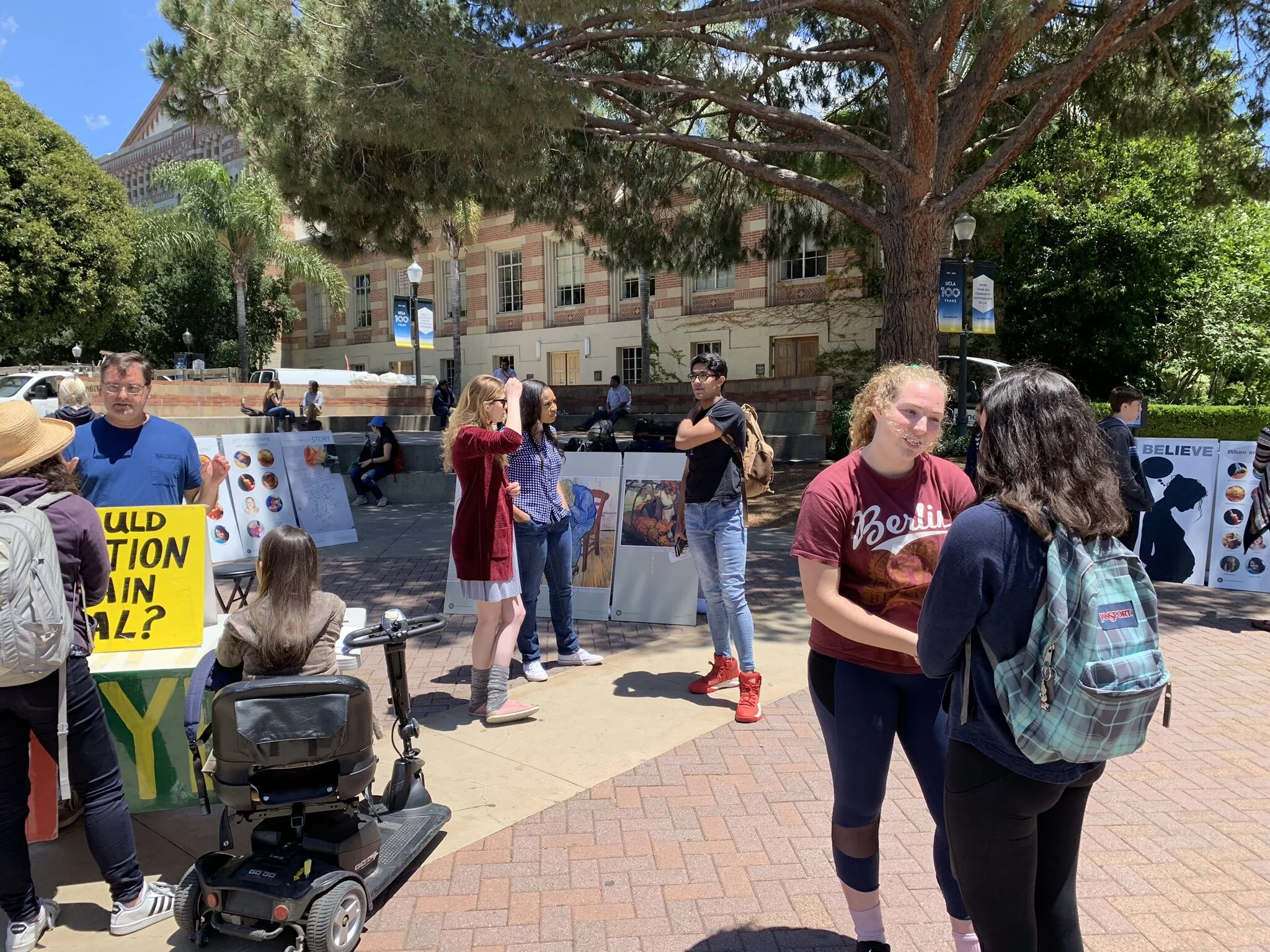
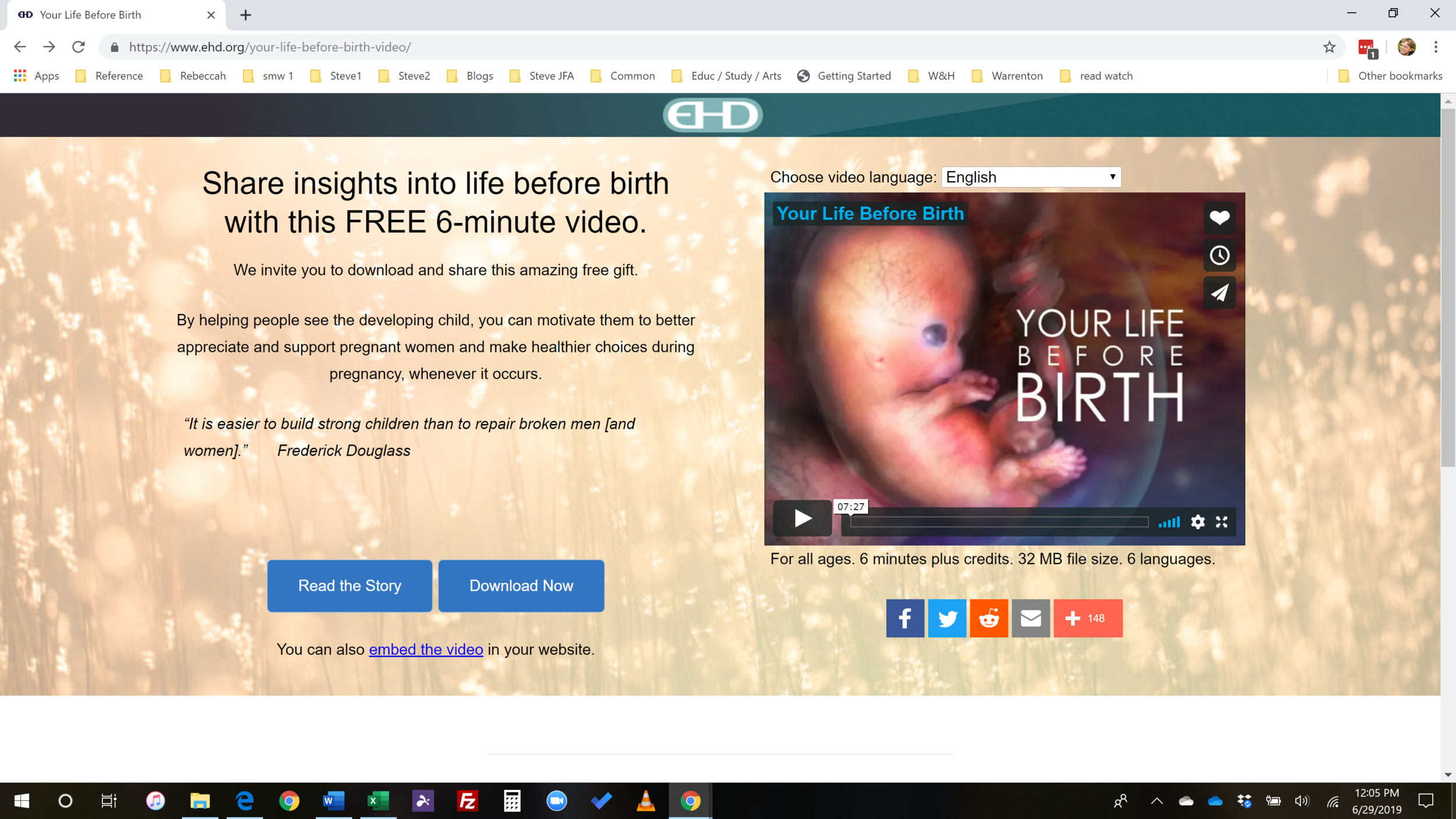
Paul Kulas (center) traveled to South Dakota in the dead of winter (!). He reported an outdoor temperature of 3 degrees the afternoon of the workshop he led. Good thing the SDSU students reserved indoor space for the outreach event!